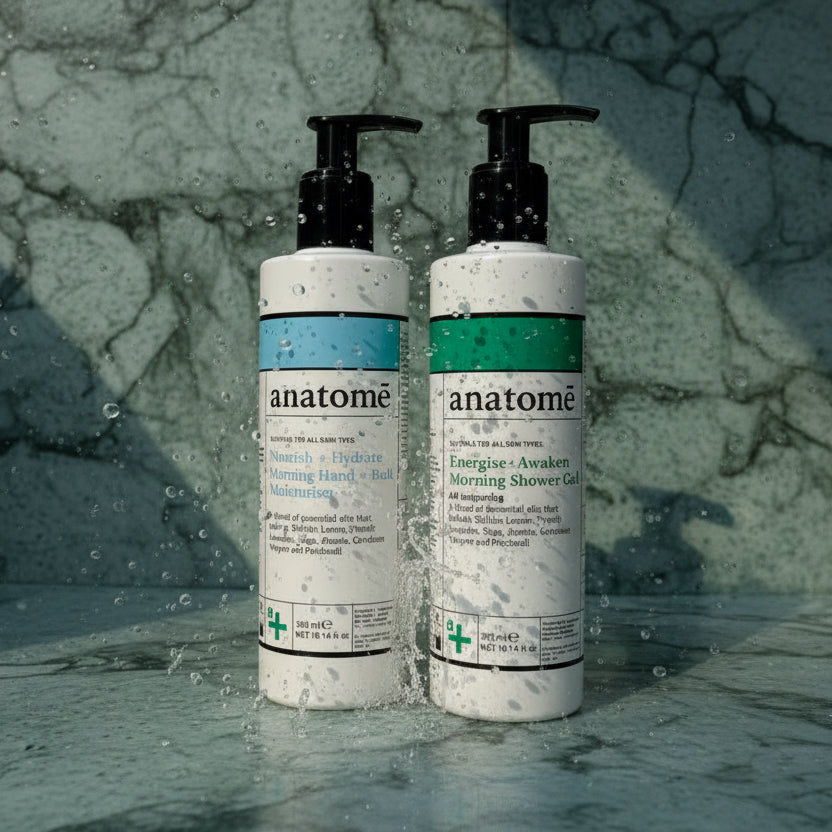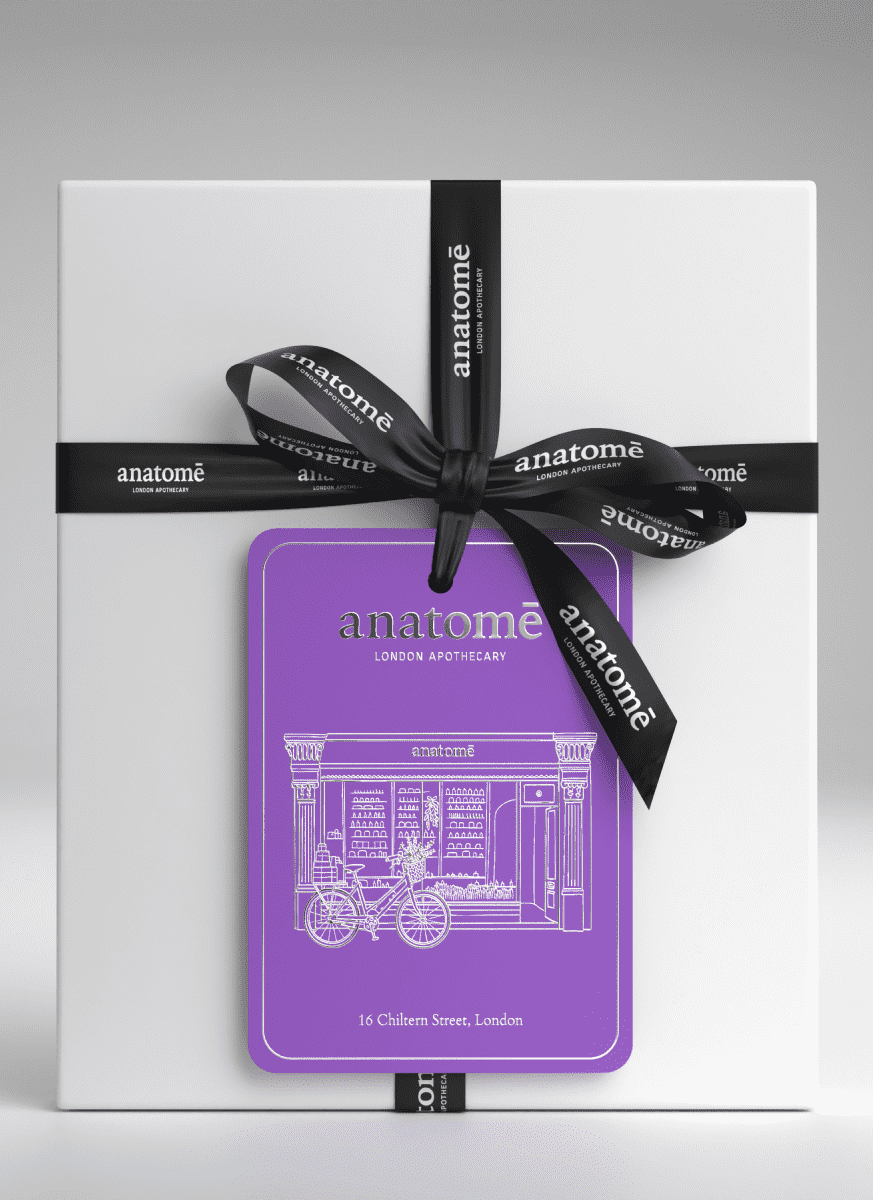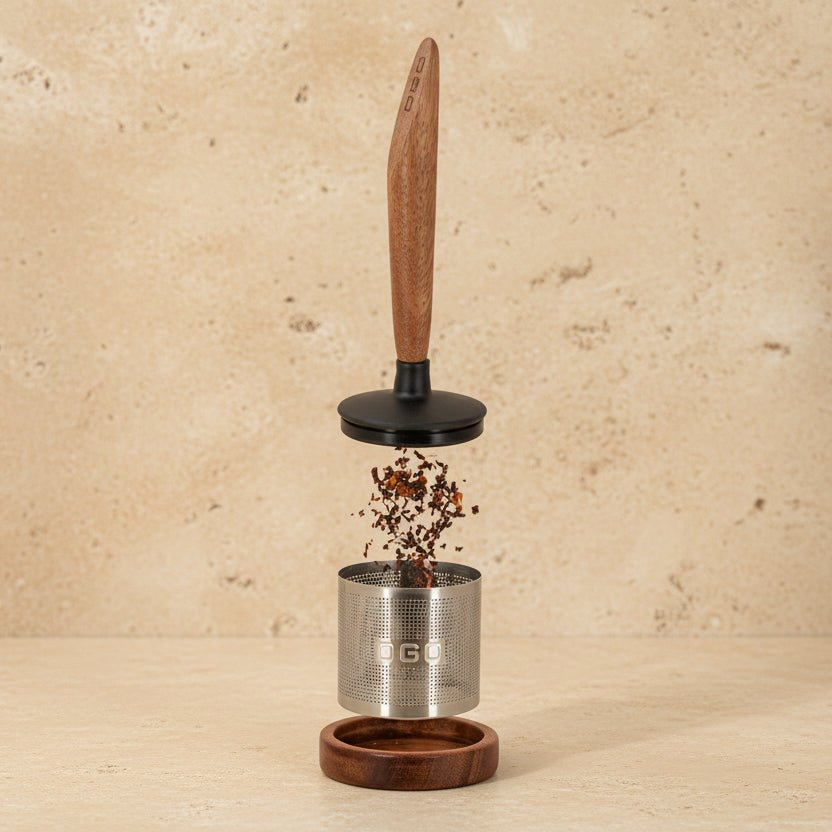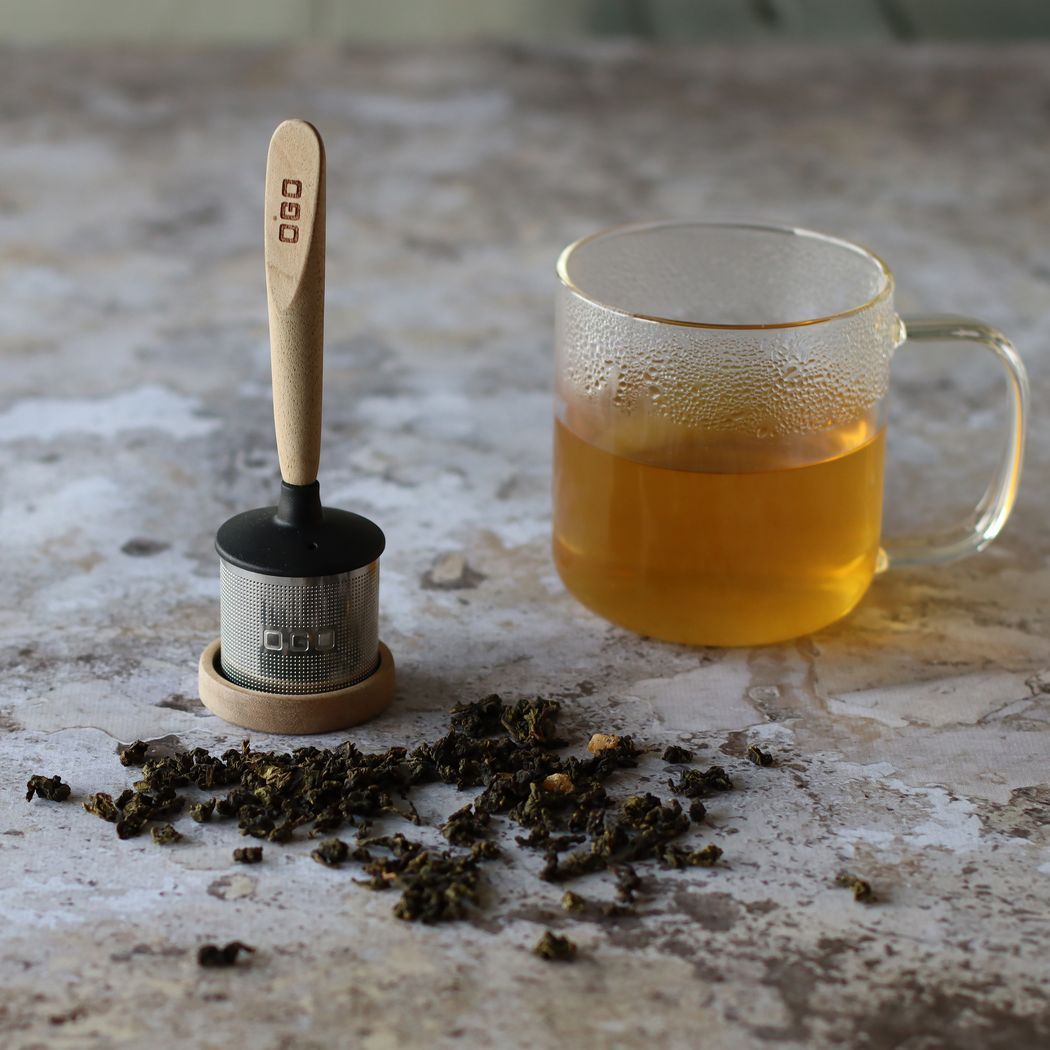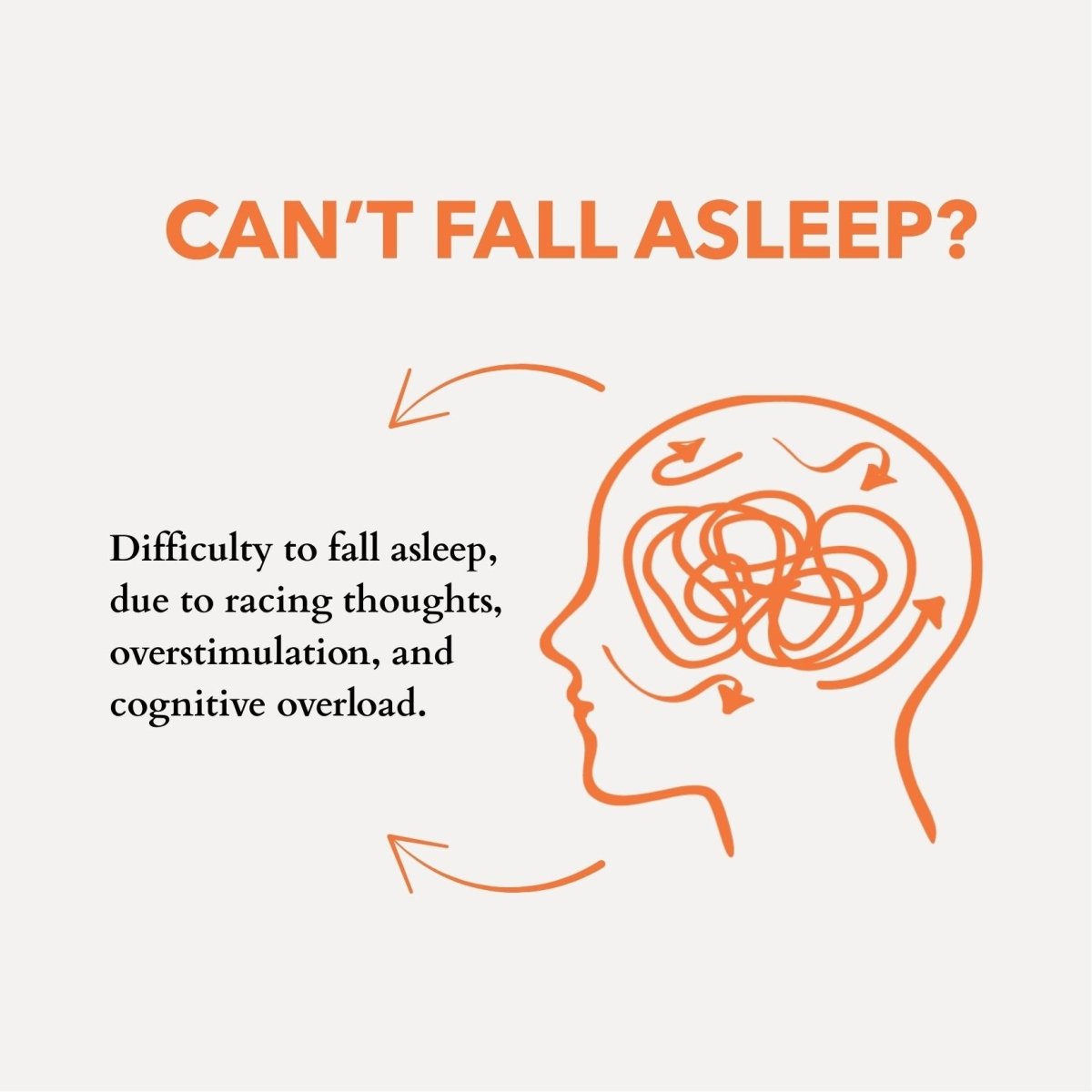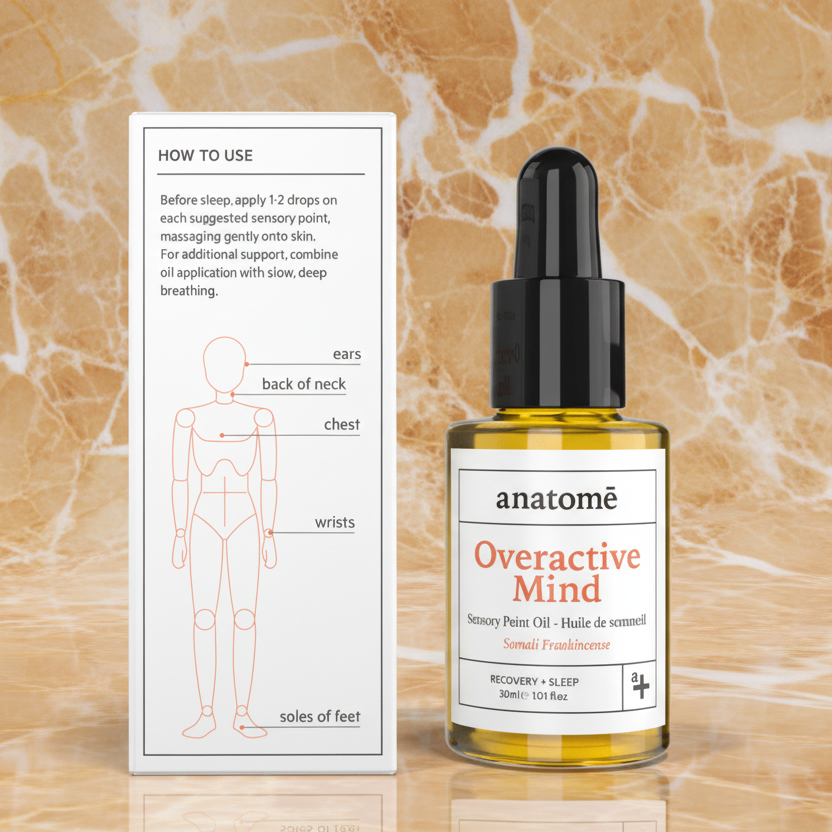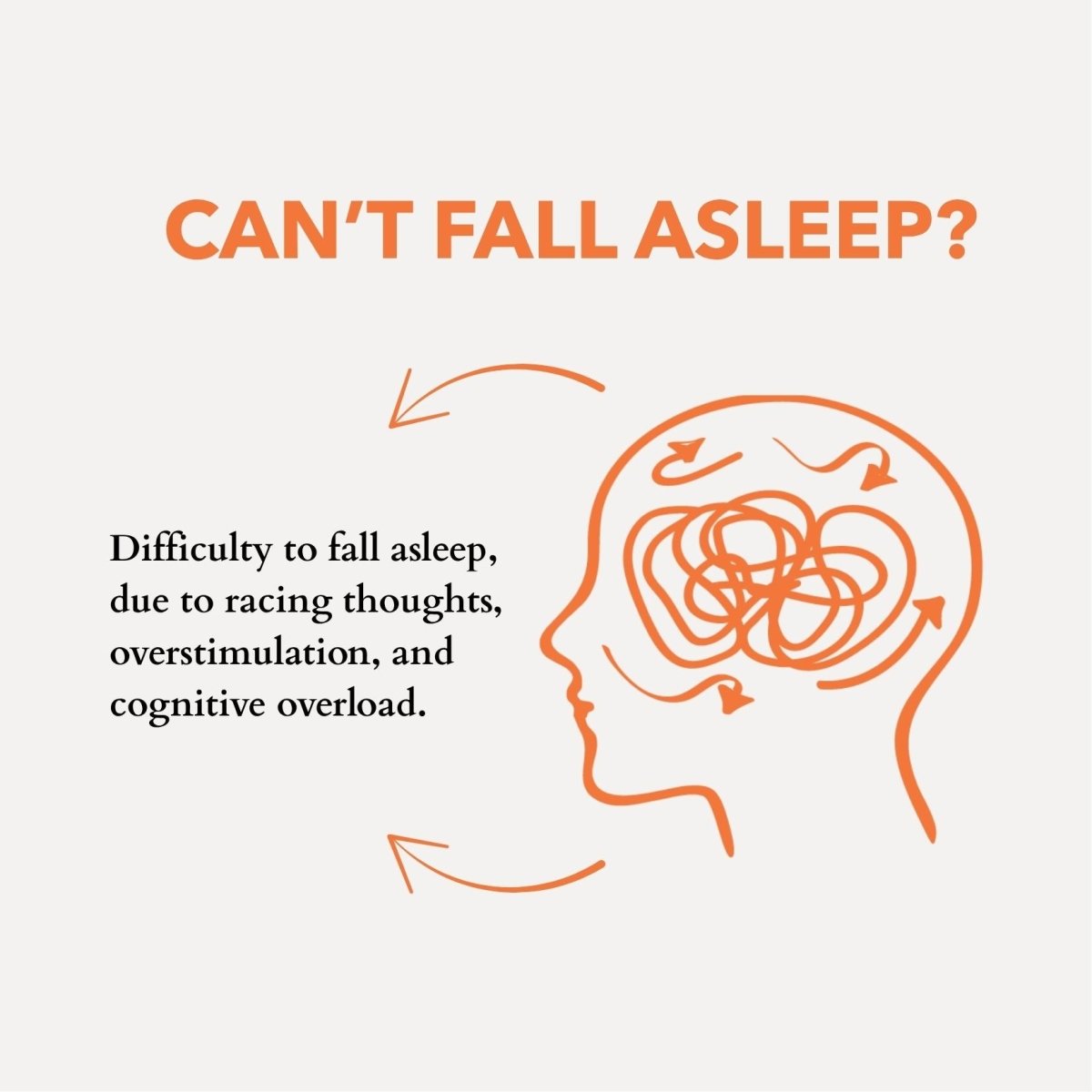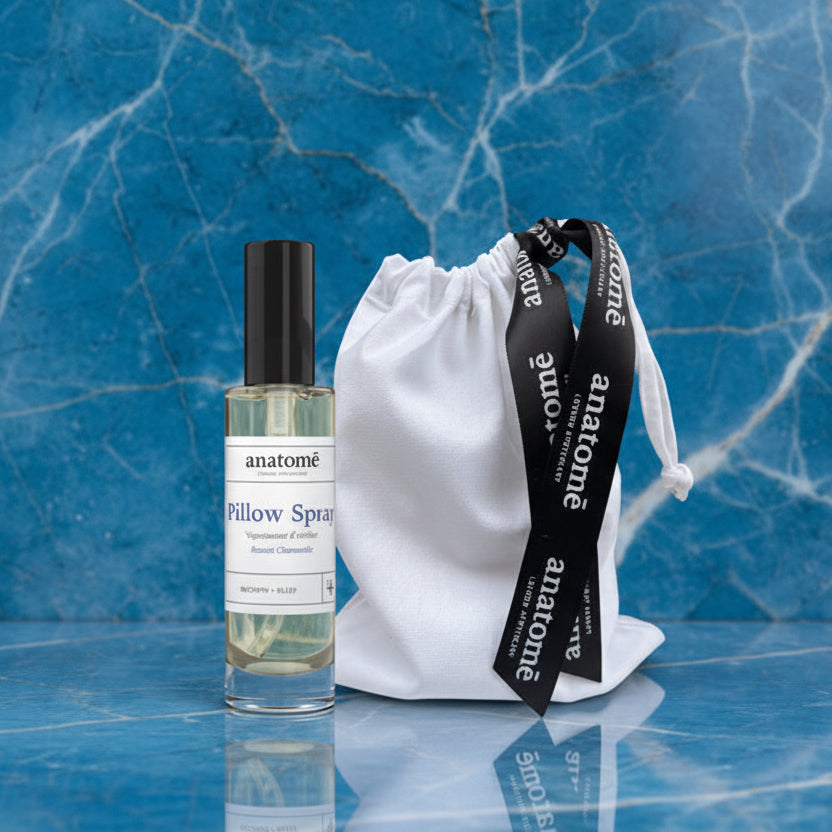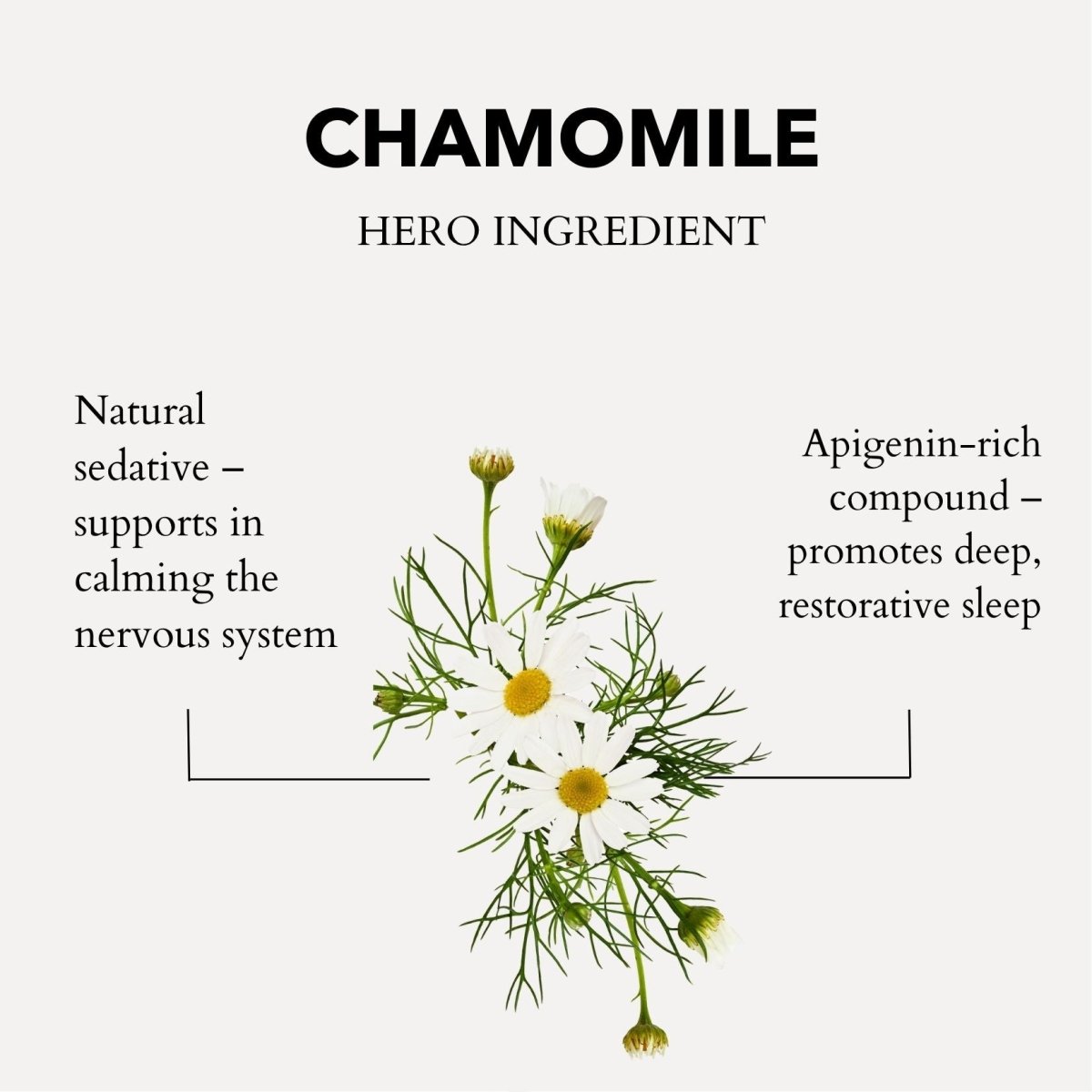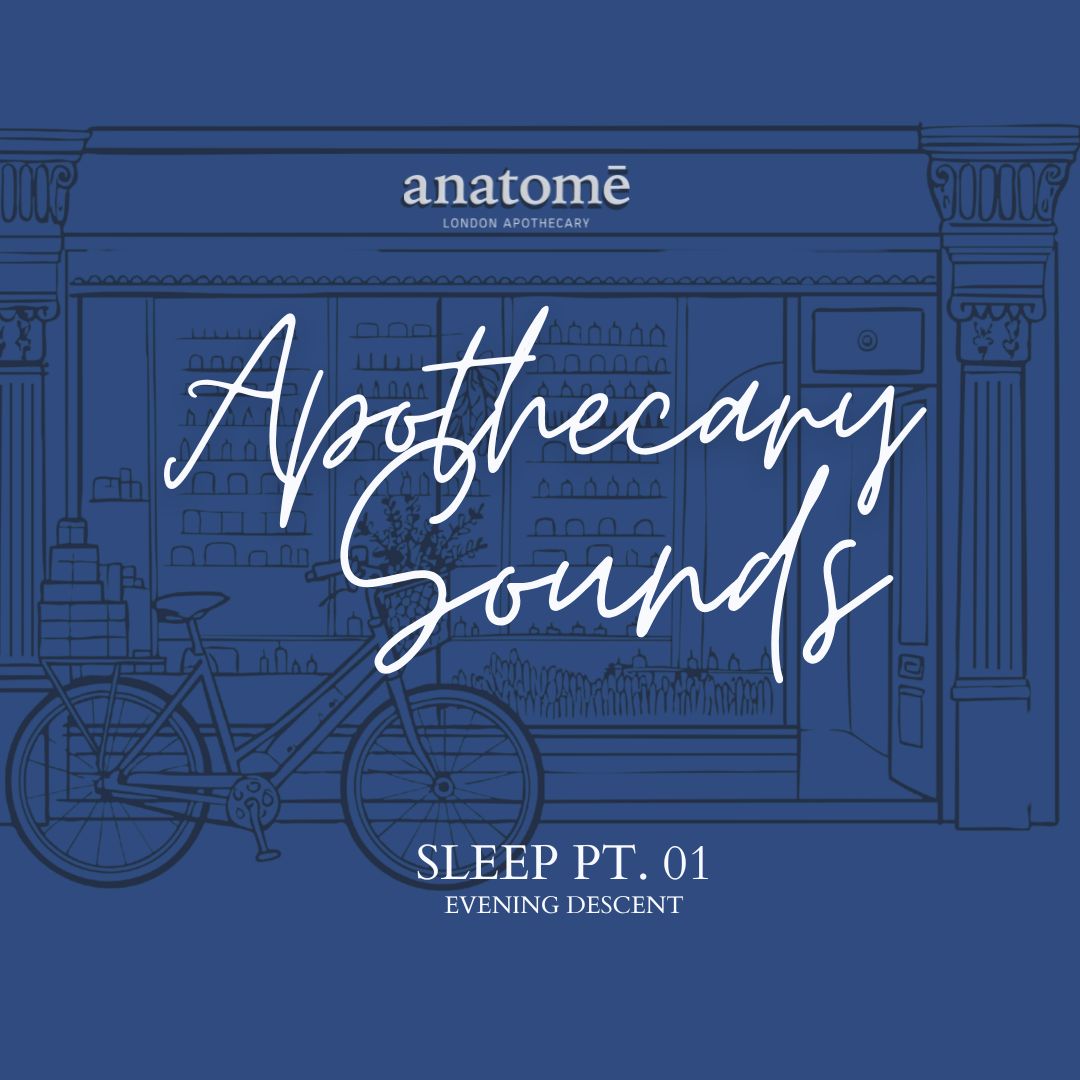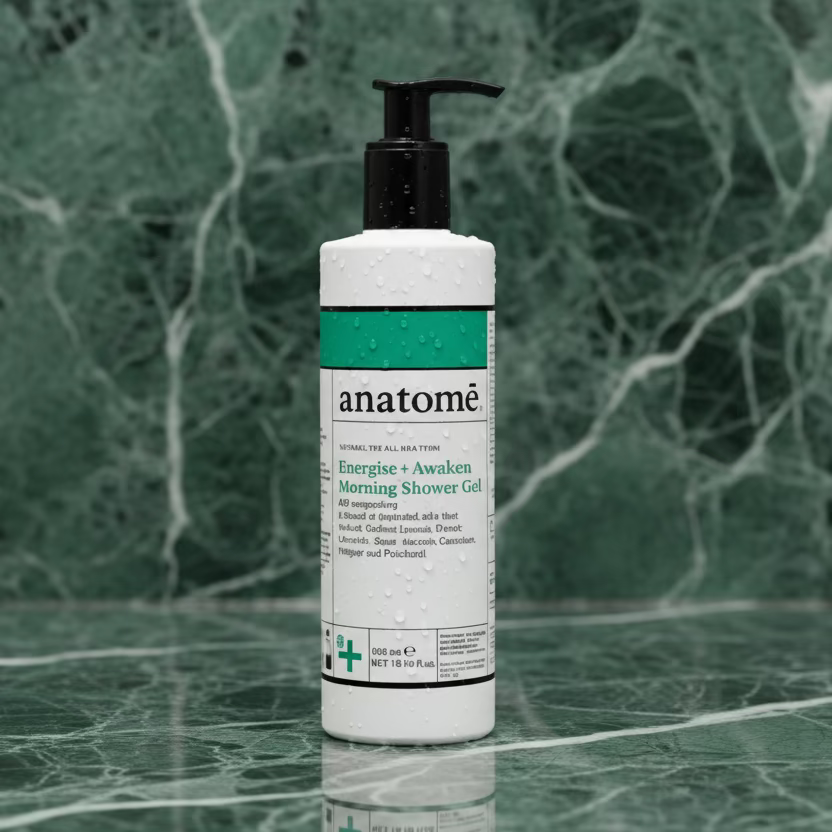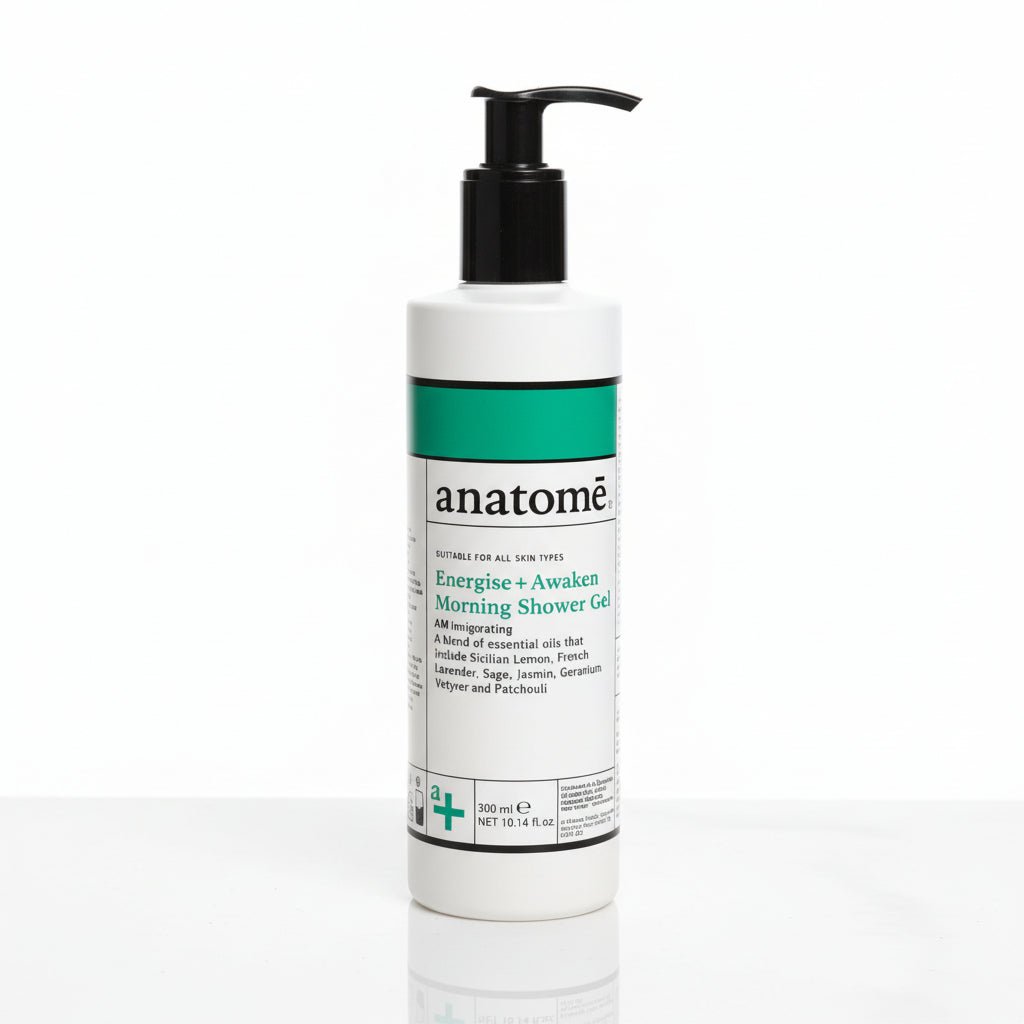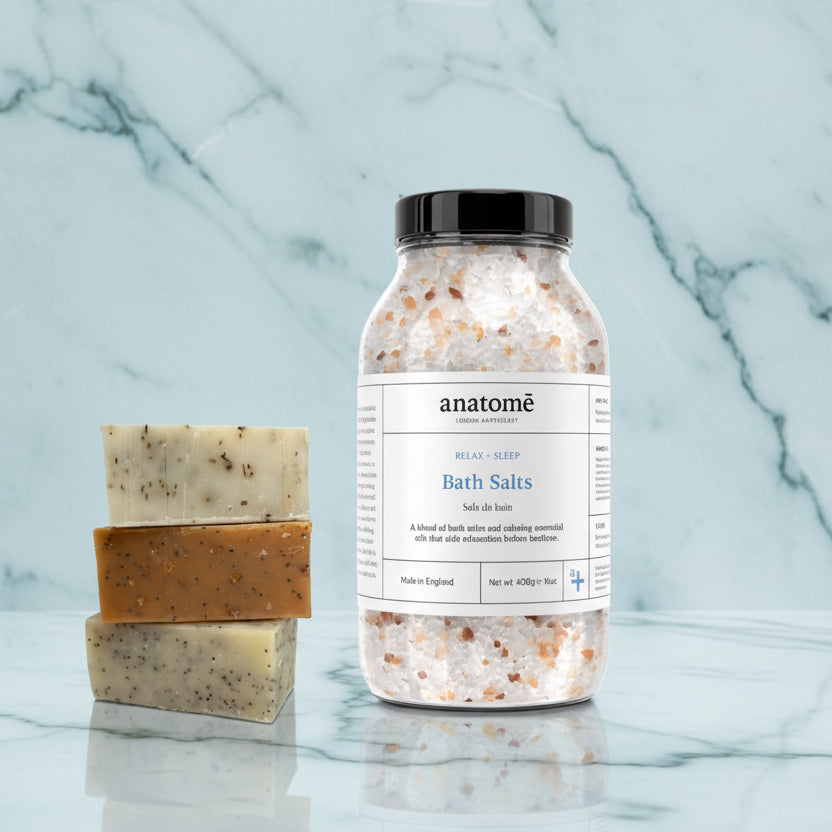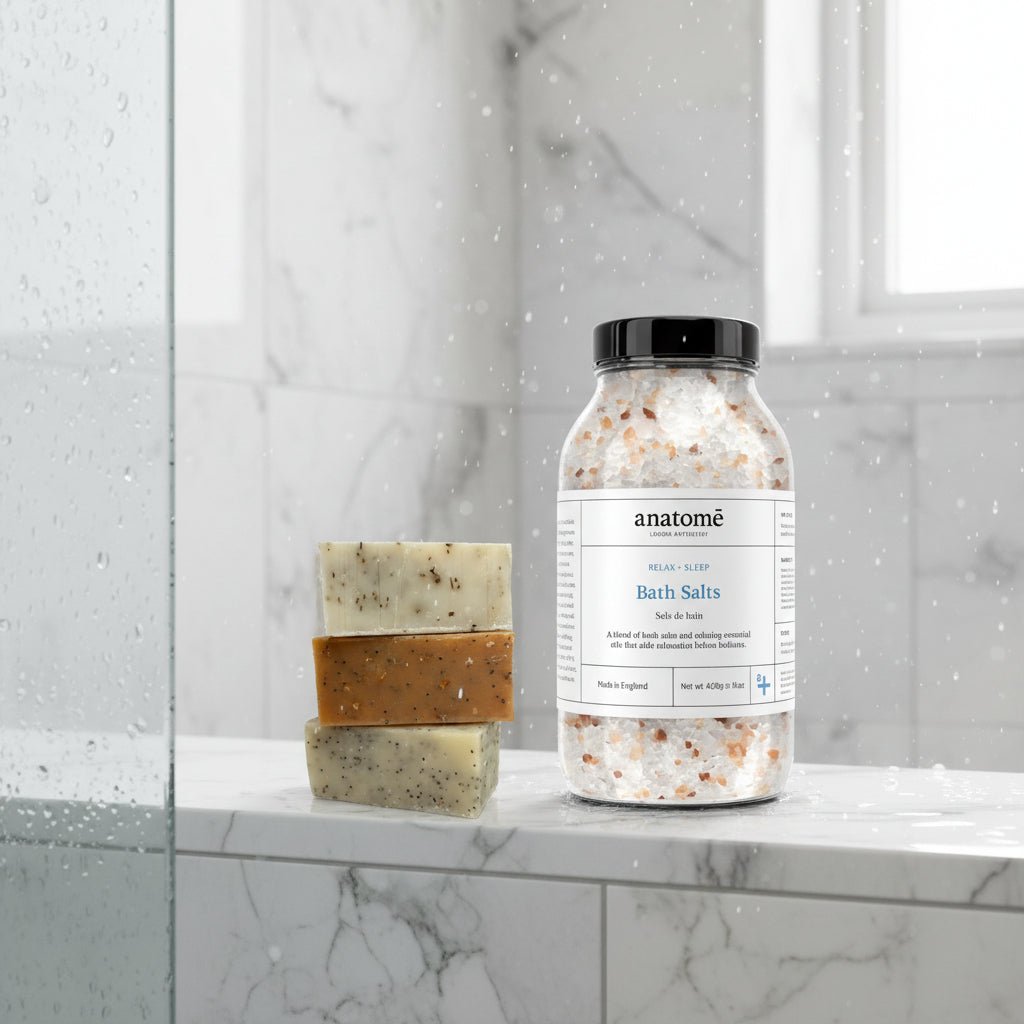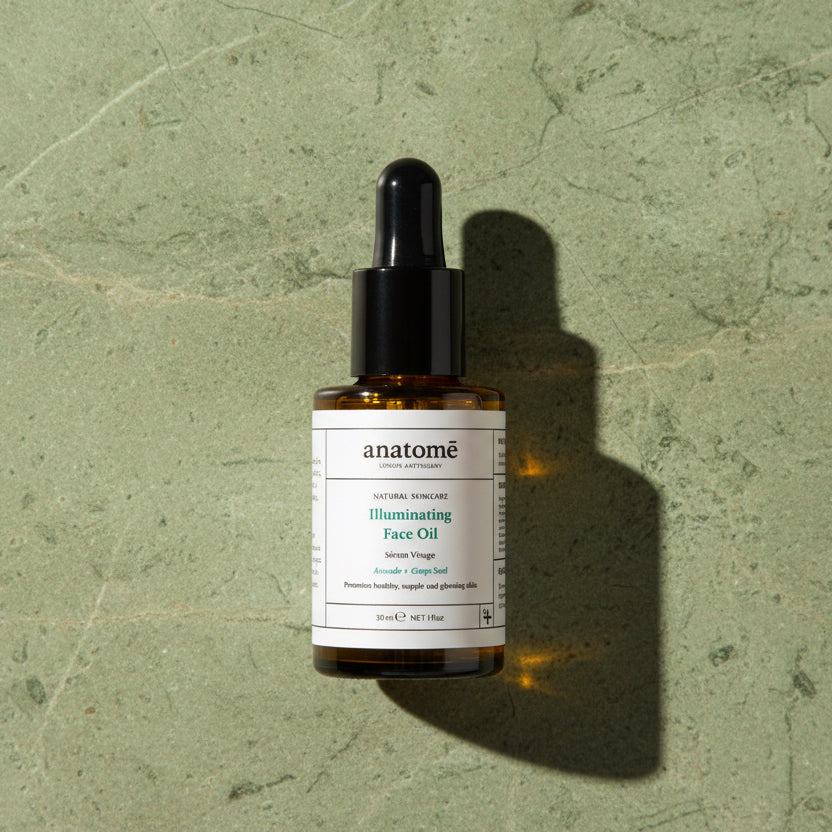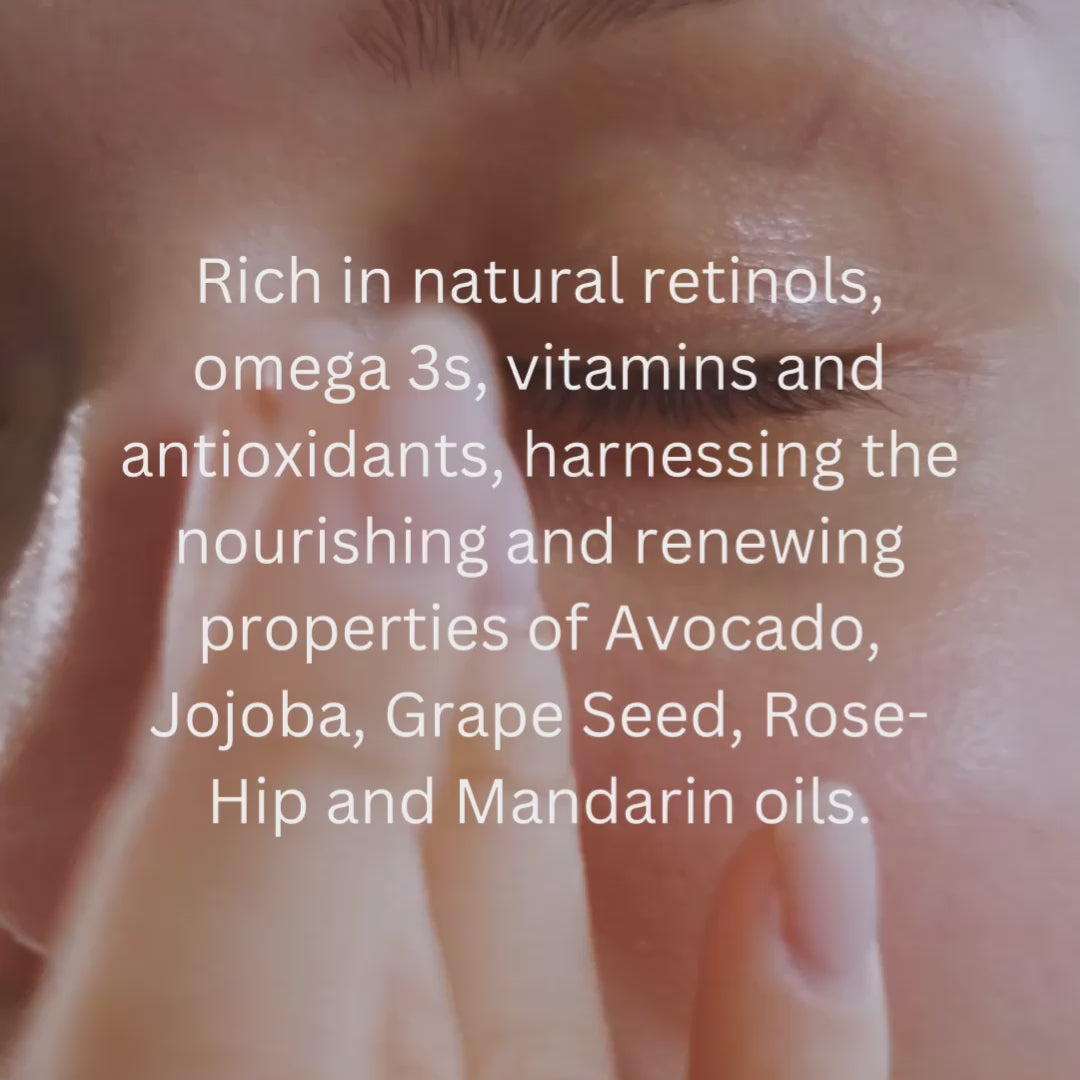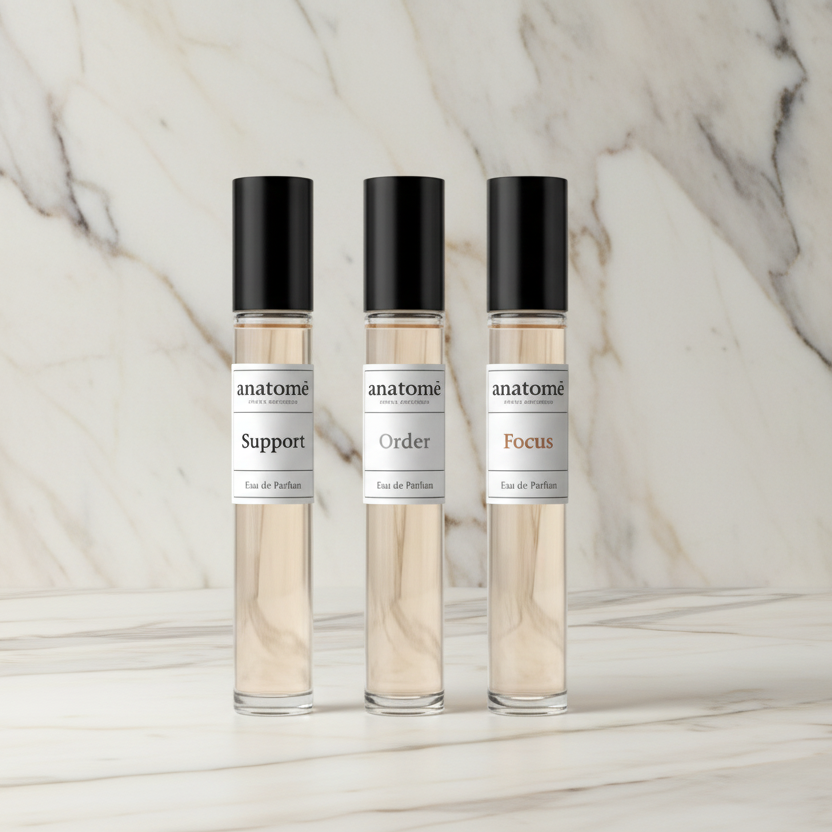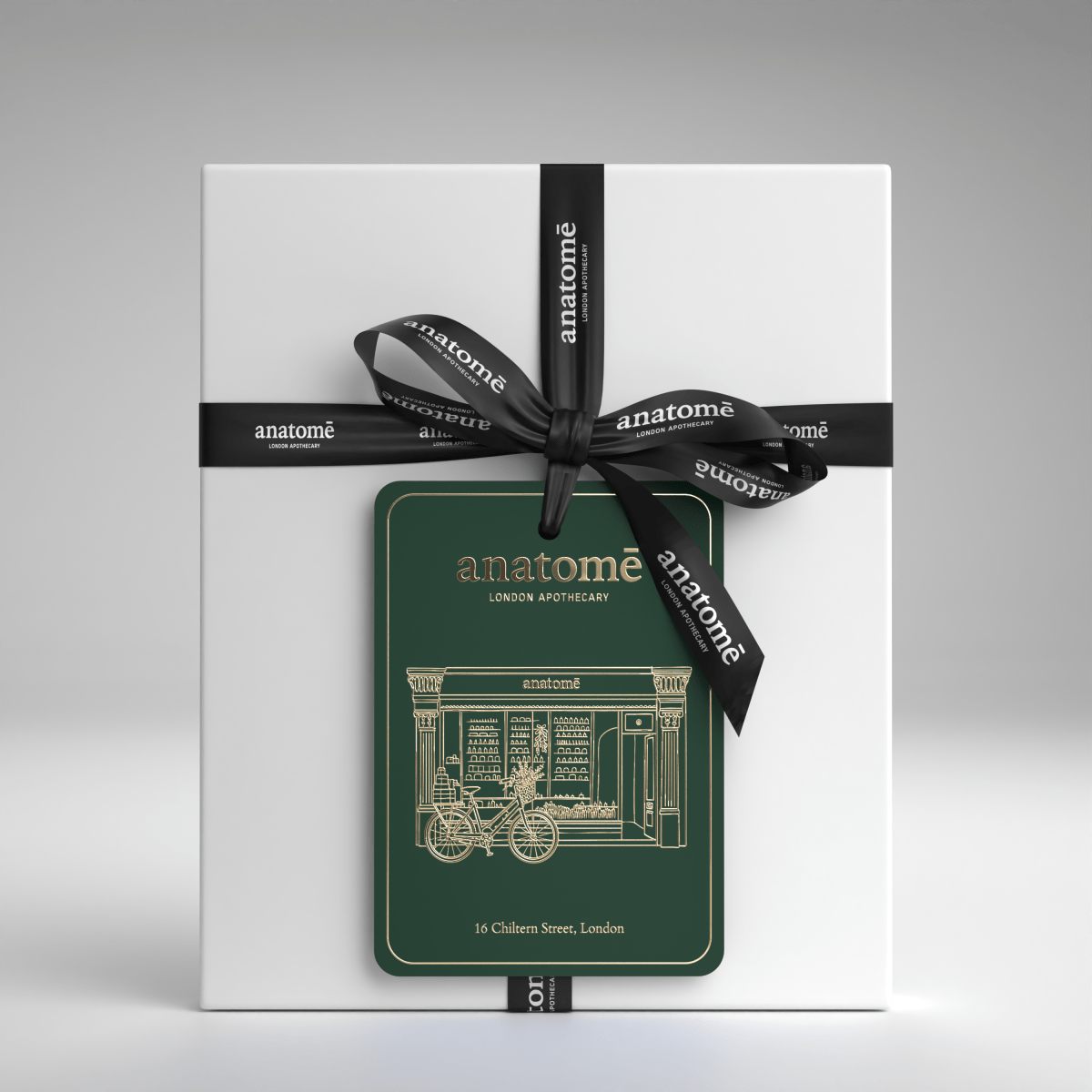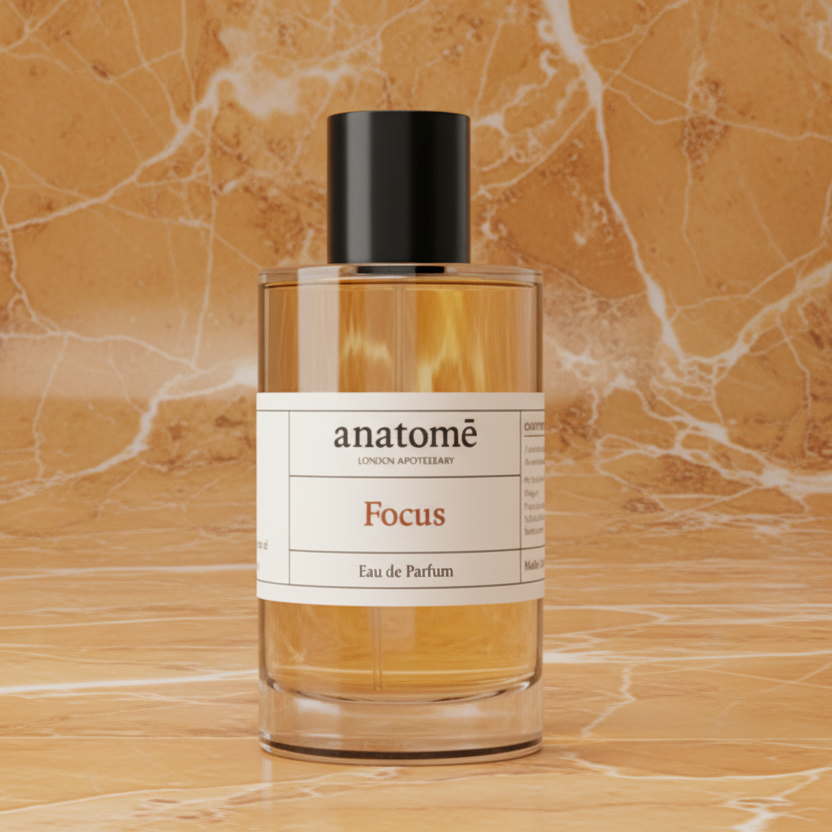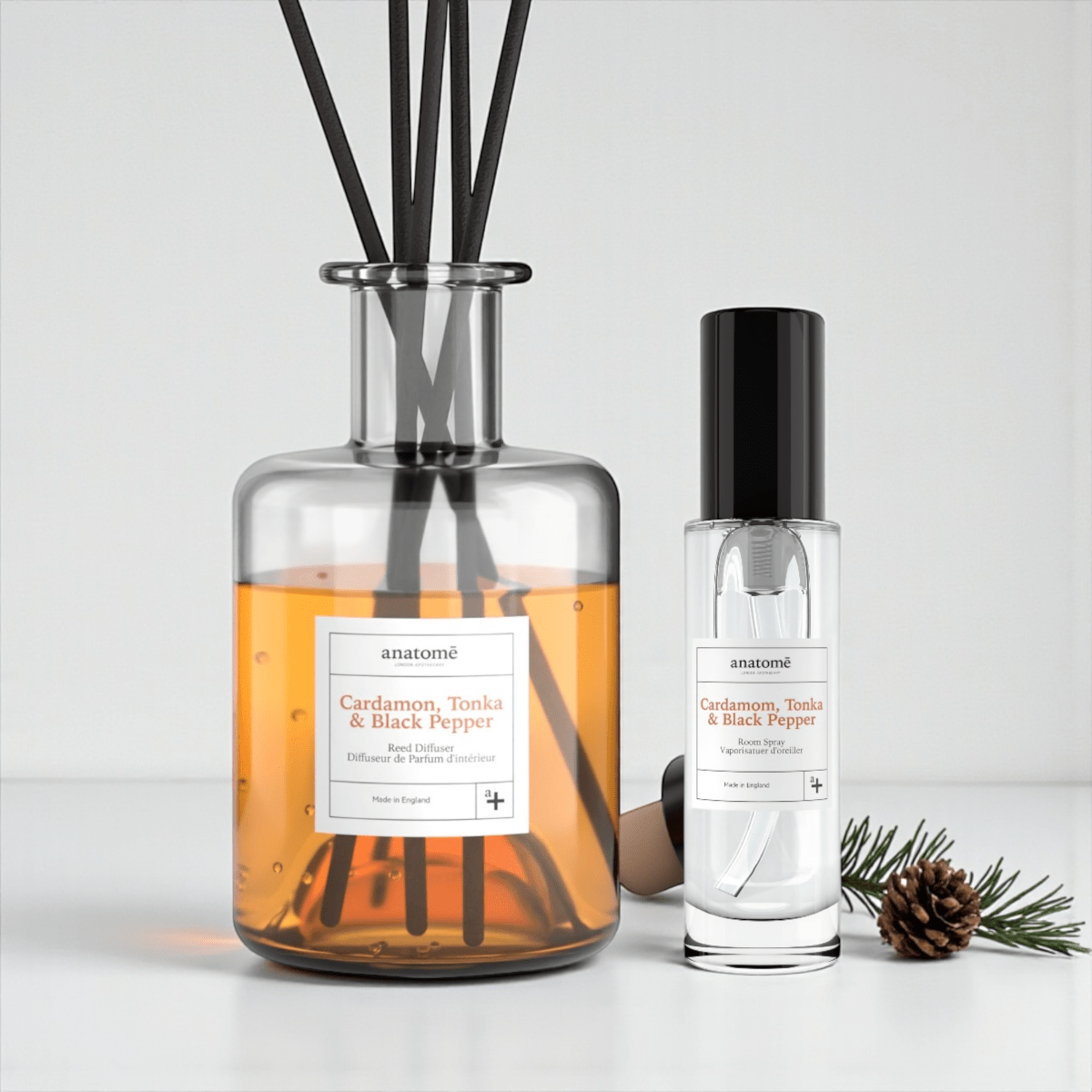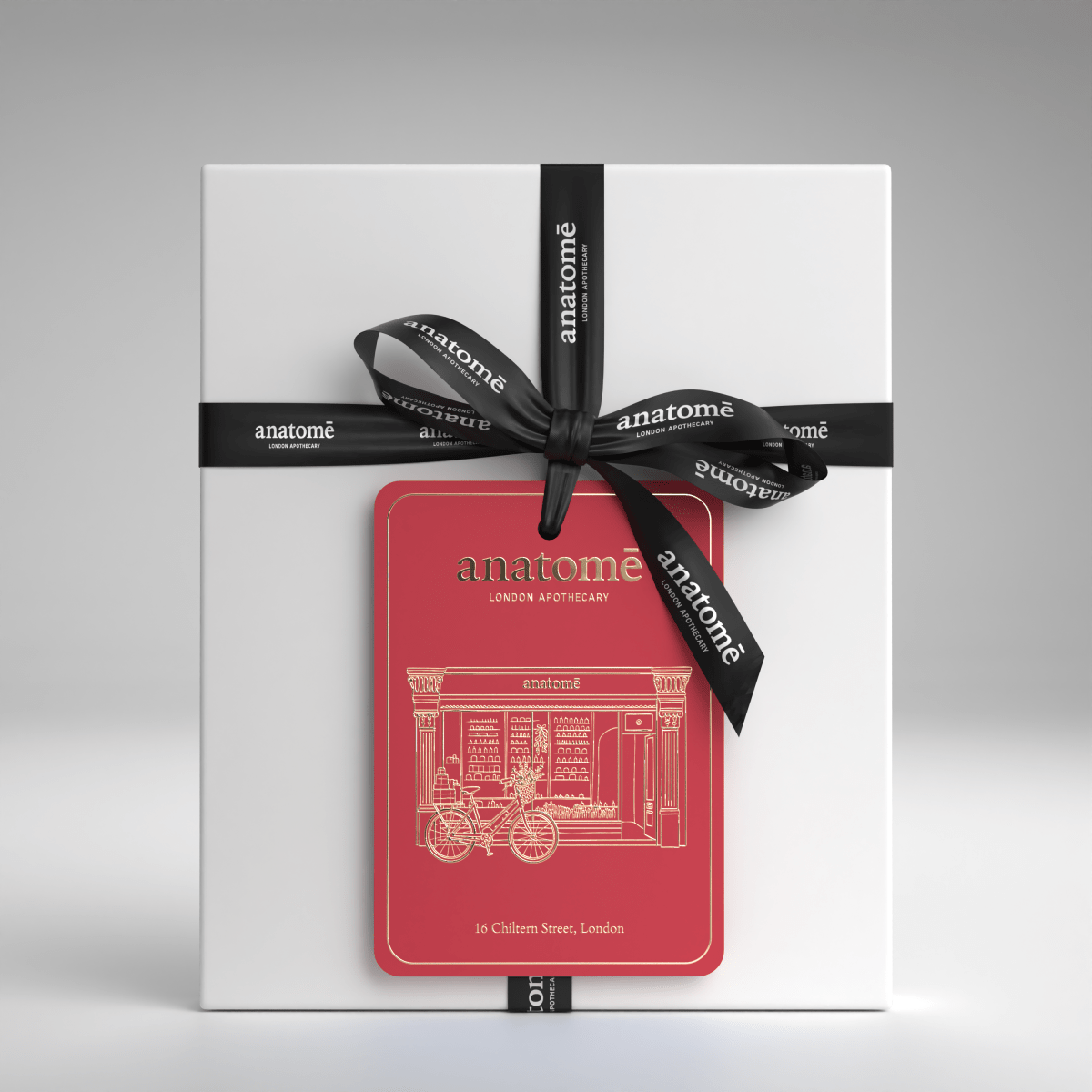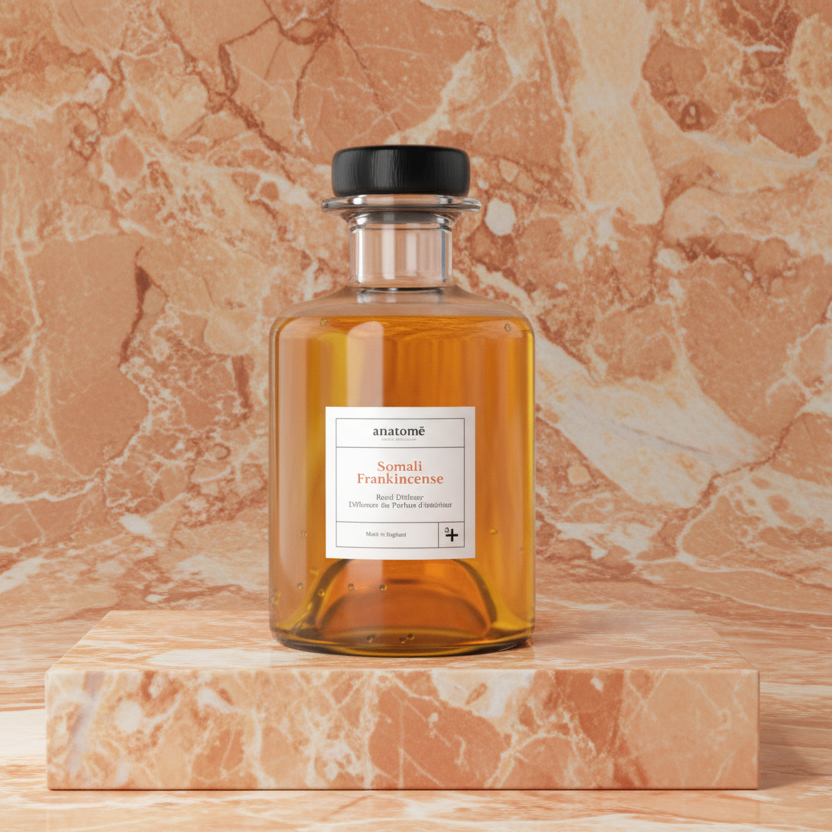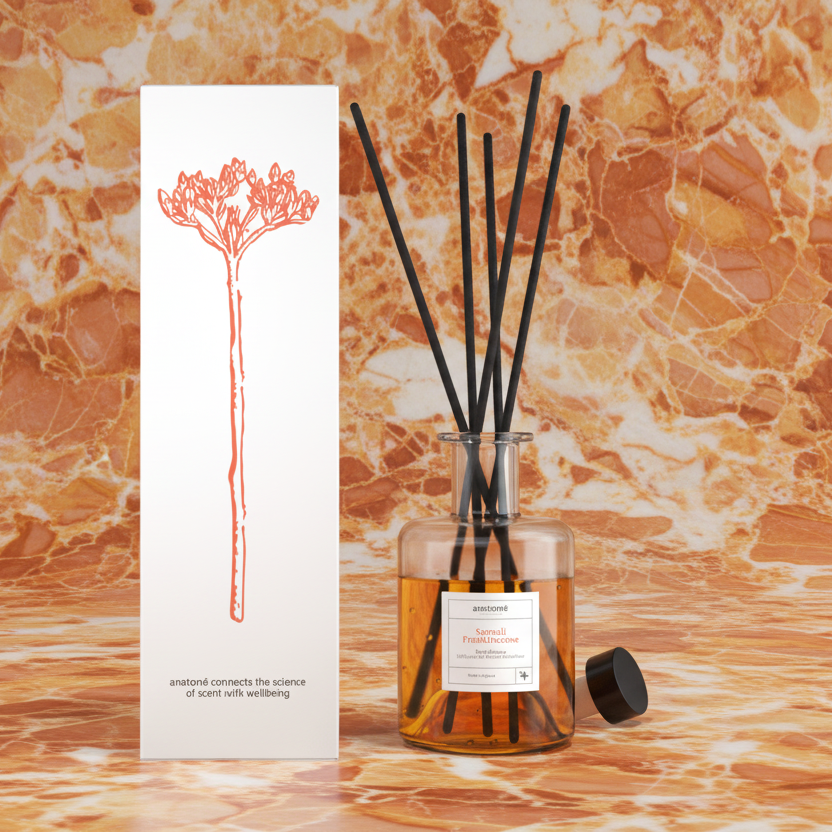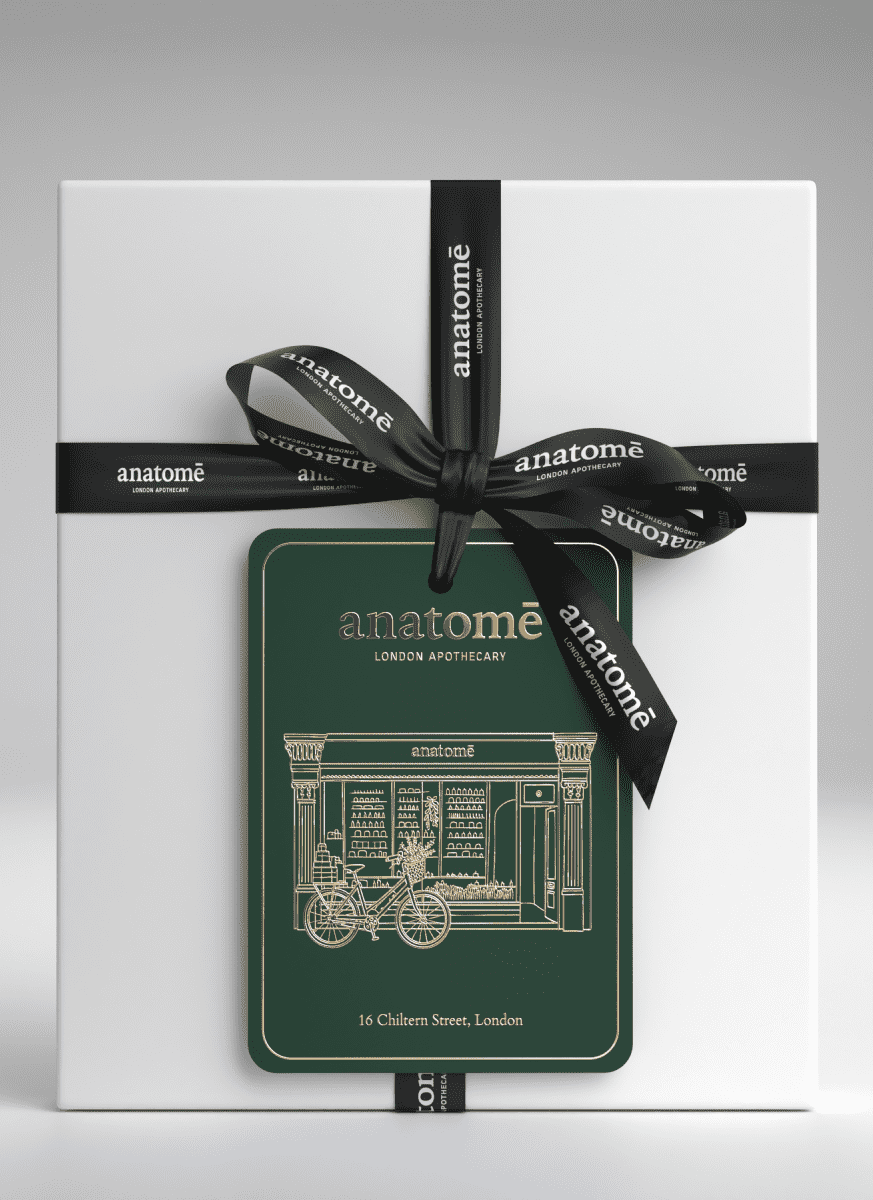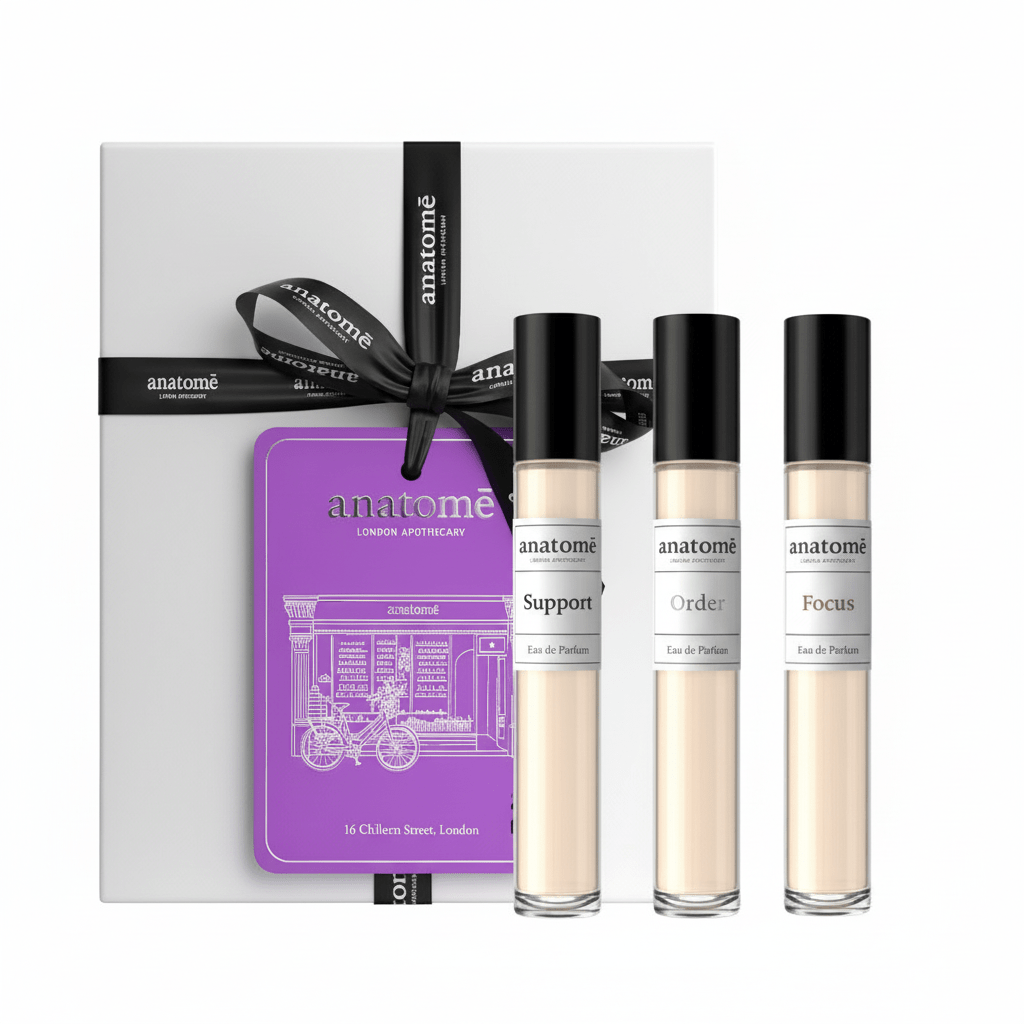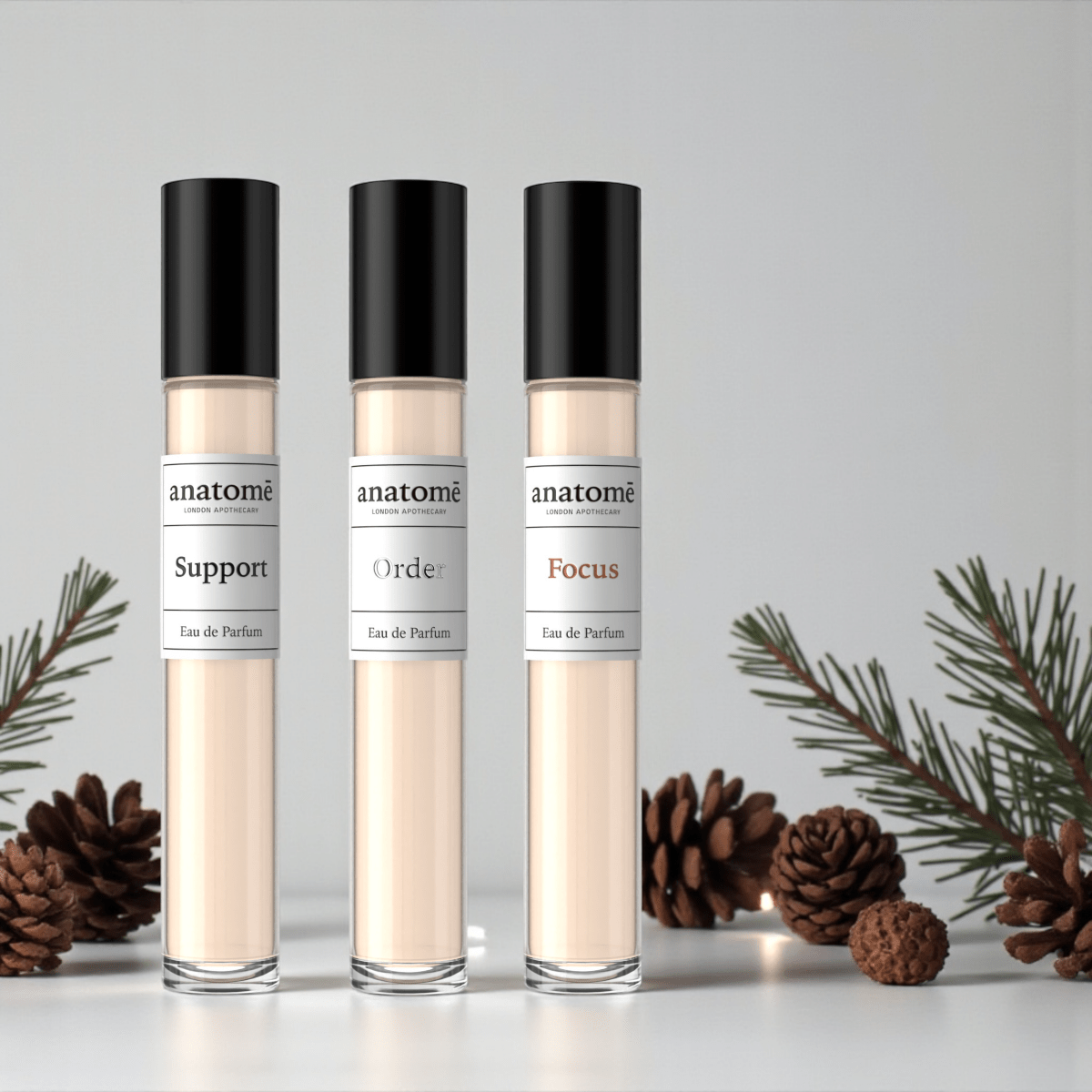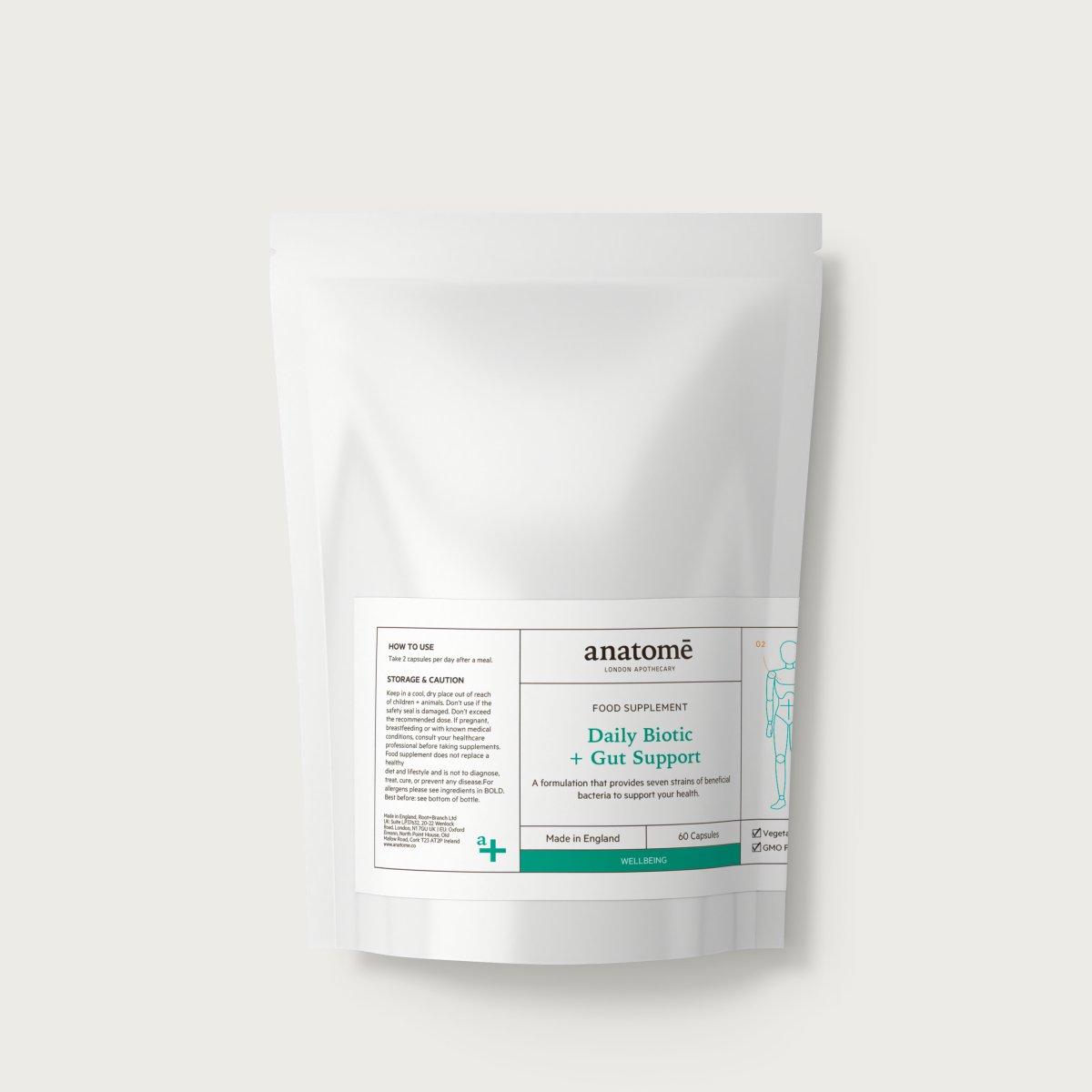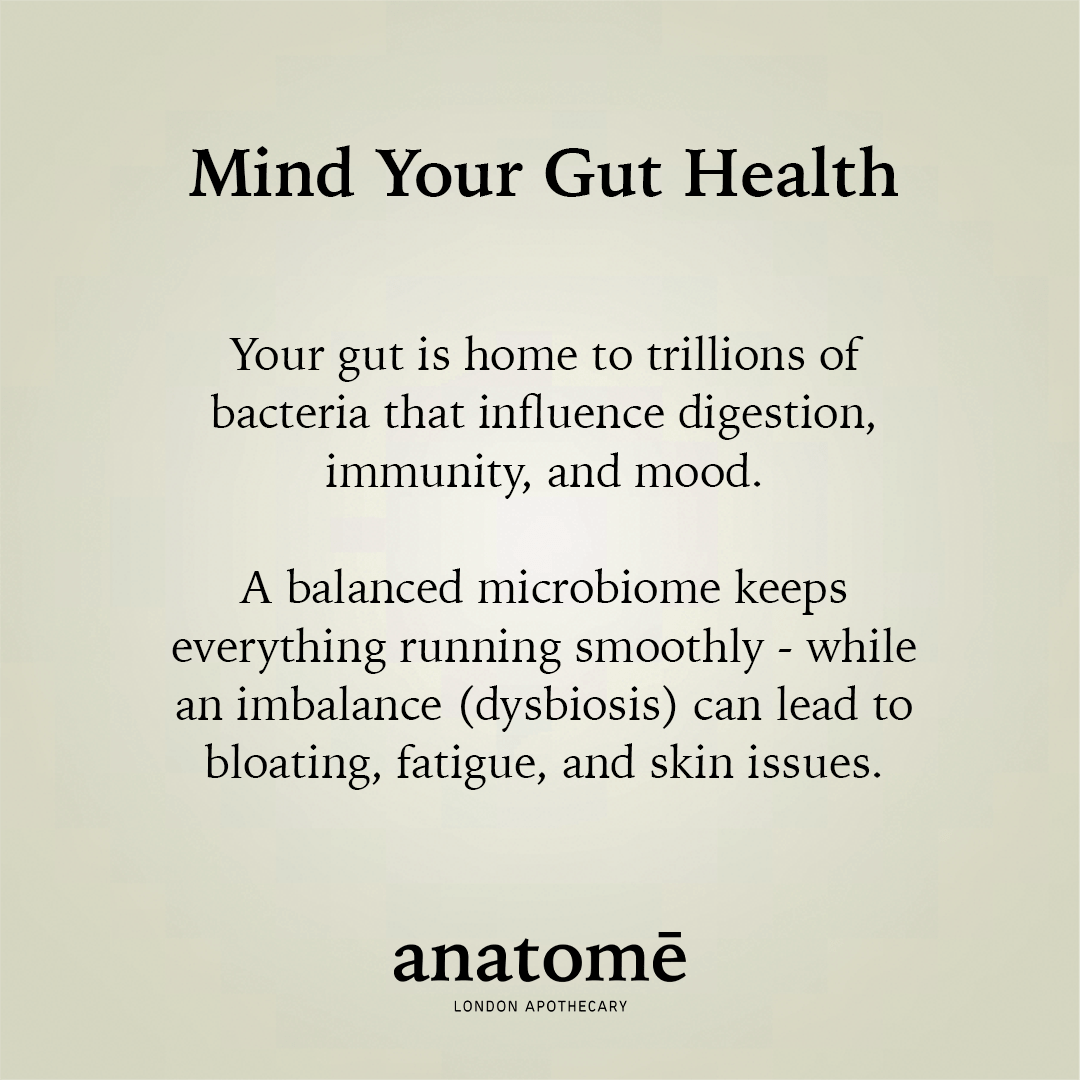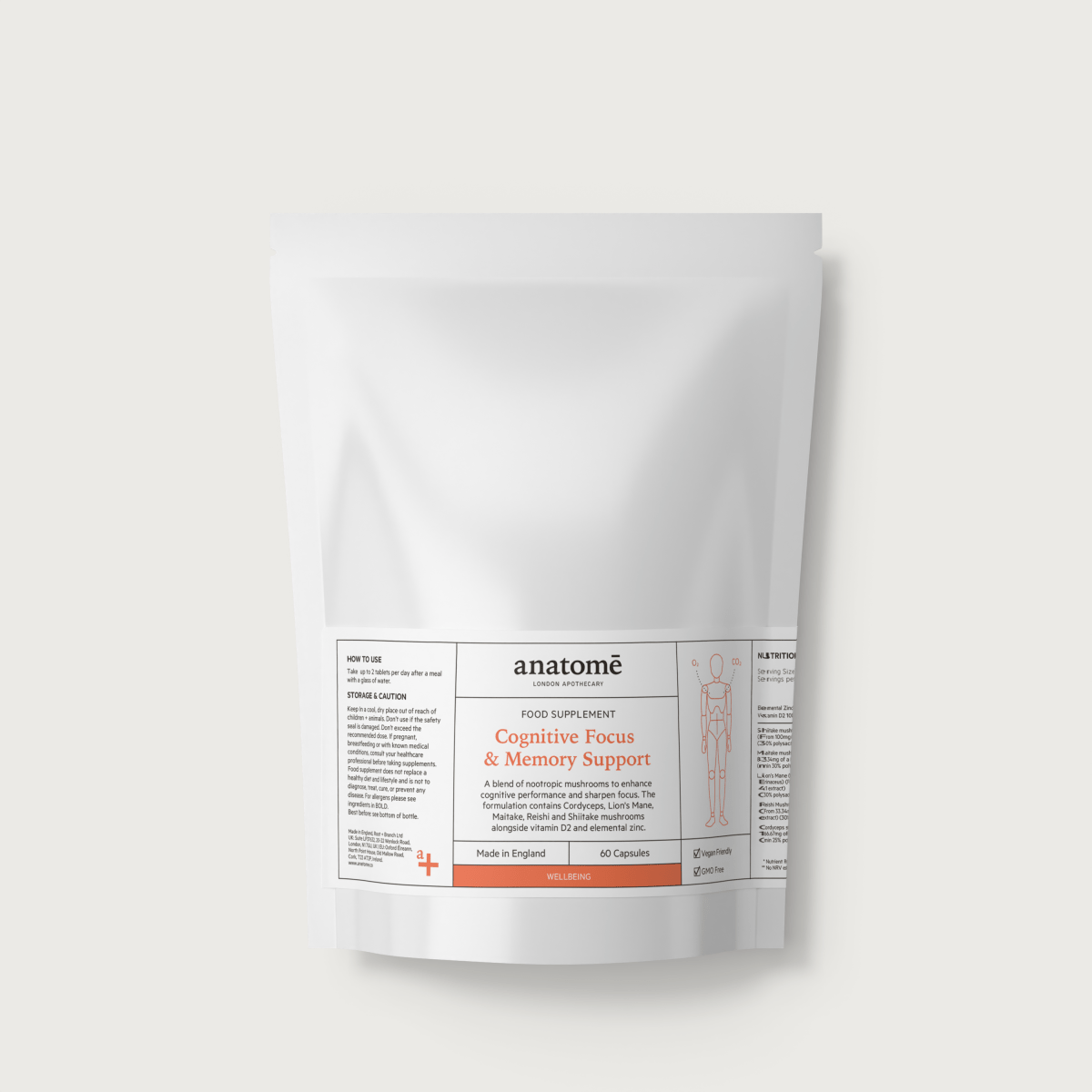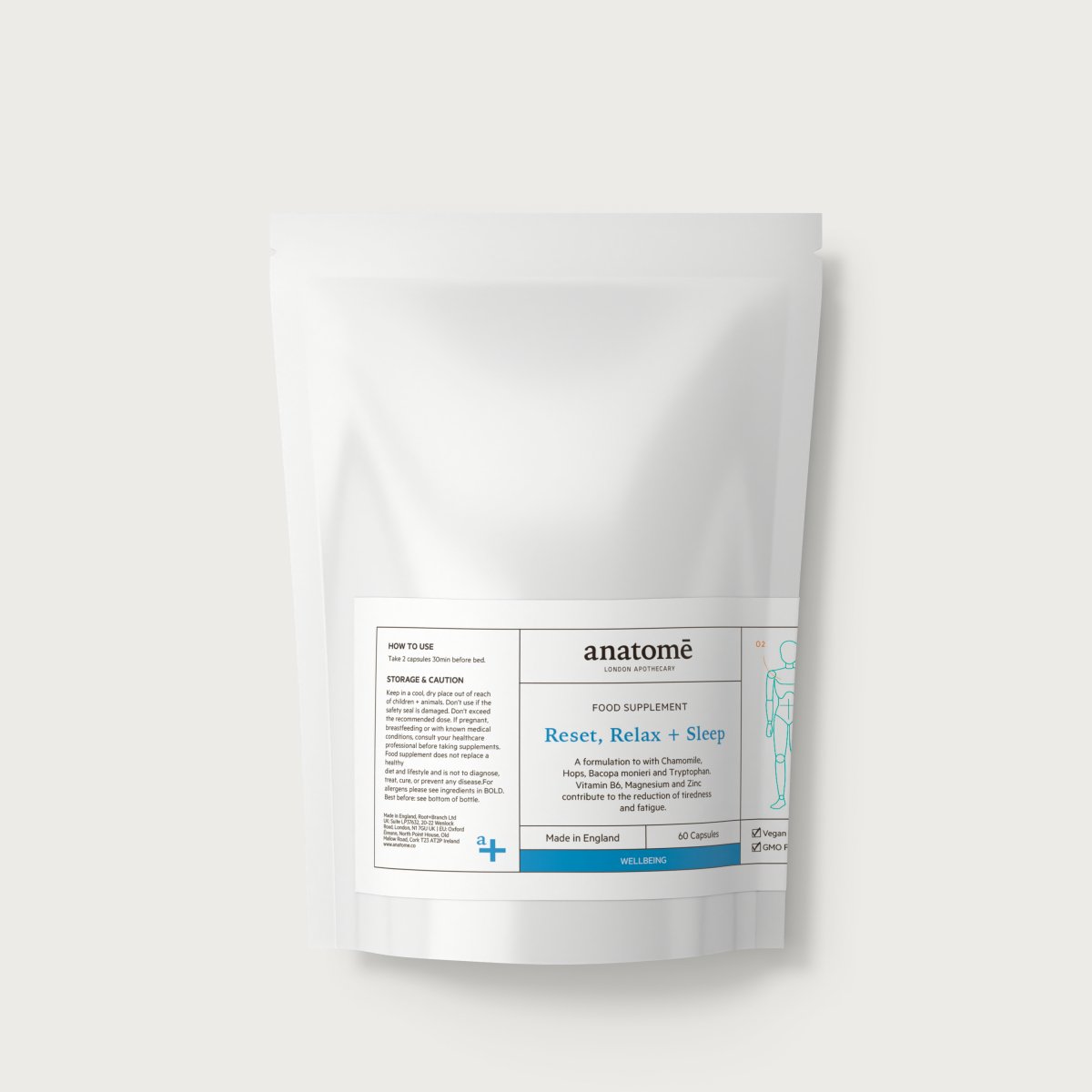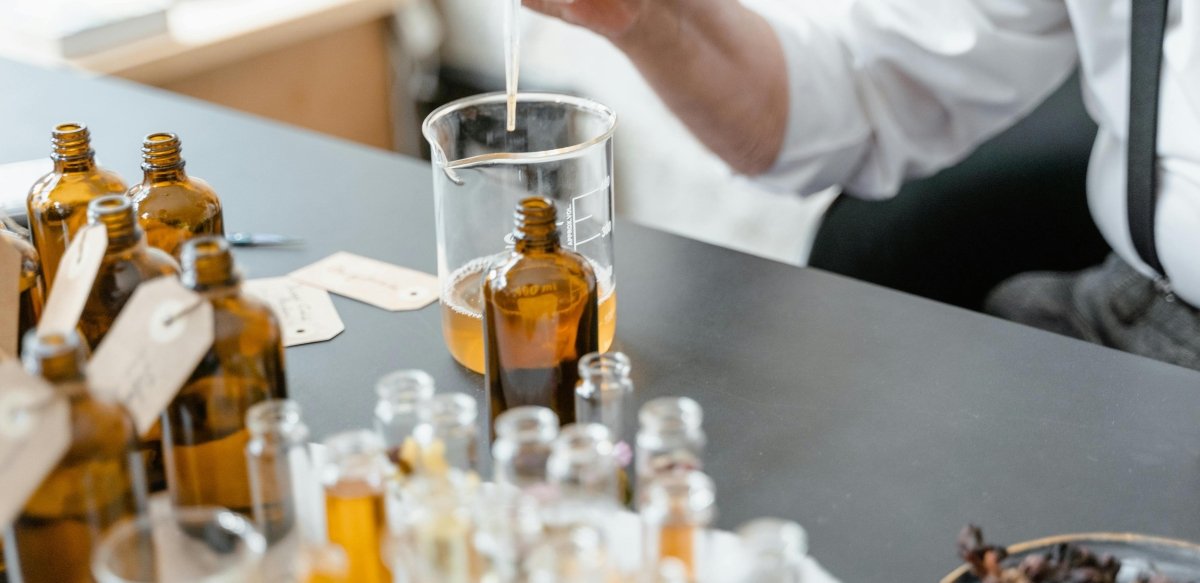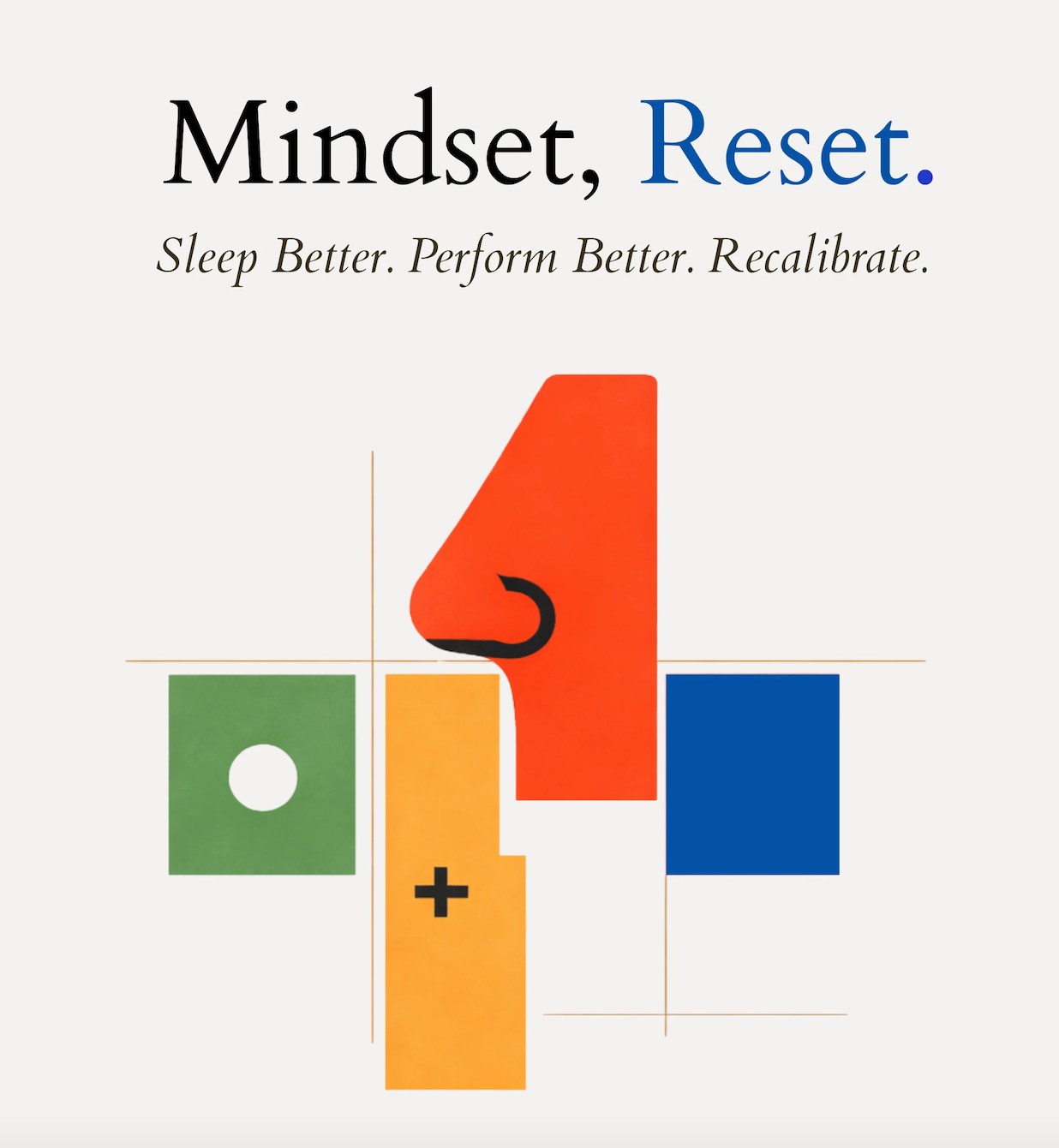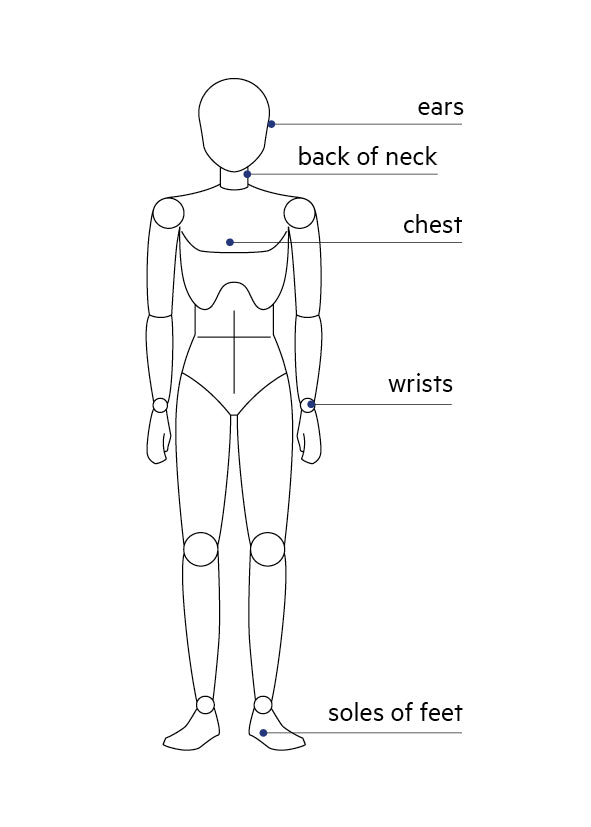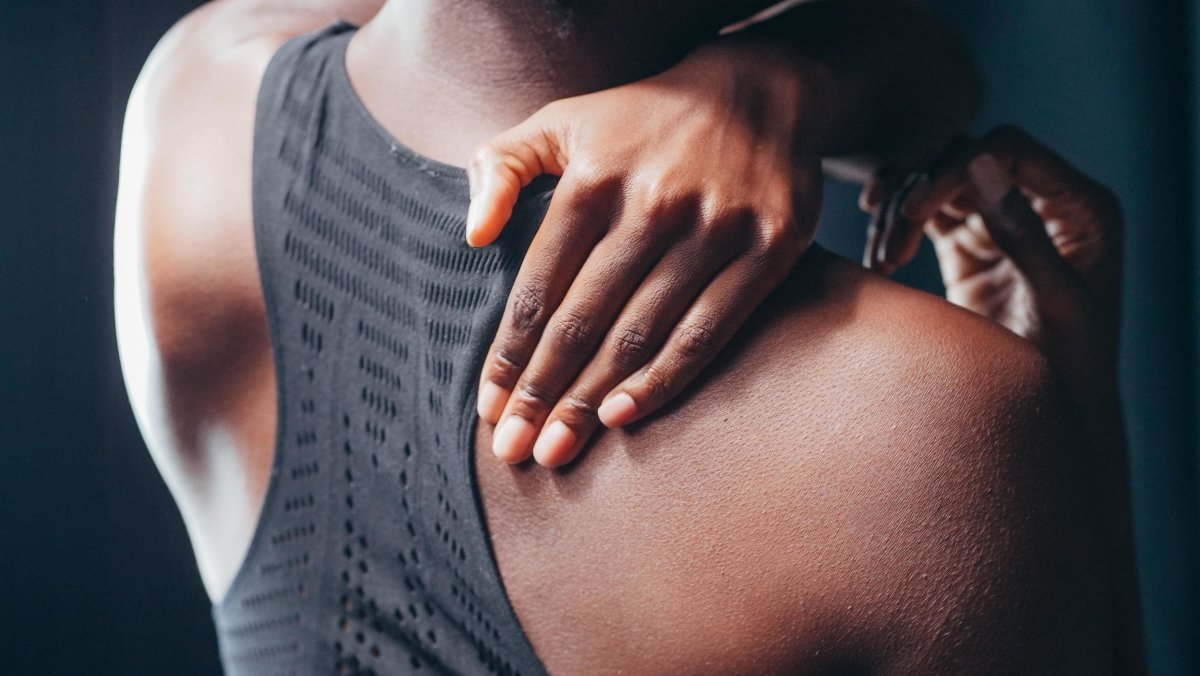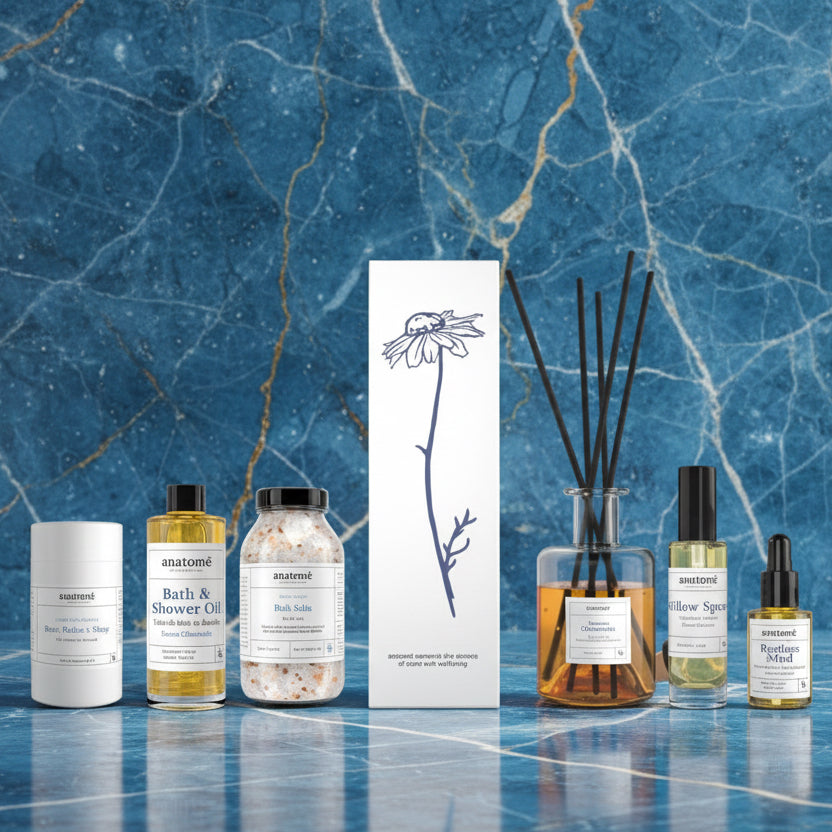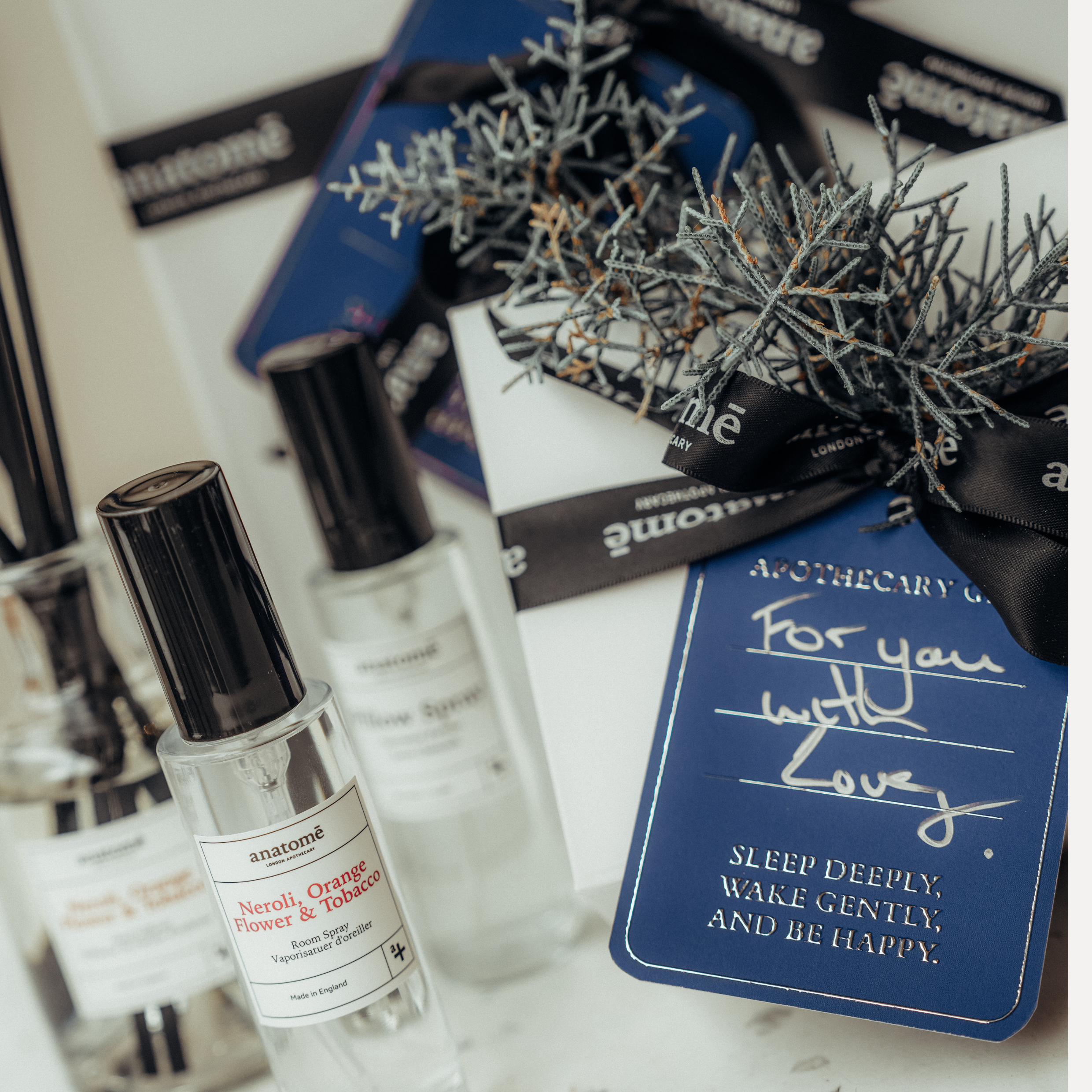Sore and tired muscles can be tricky and frustrating to deal with, which is why massage therapy exists. It helps to calm the muscles and relieve any pain you might be feeling. While we all love a massage, there’s no guarantee we’ll be able to see a massage therapist and there can even be no need. Just like how you can cook a fantastic meal at home instead of eating out, you can give yourself a fantastic massage instead of paying someone else to give it to you. In this article, we’ll look at the benefits of self-massage and the different ways to do it.
Benefits of self-massage
Not only is it convenient and more affordable, it can be done in the comfort of your own home. Self-massage, like regular massage therapy, can help with reducing stress, pain, muscle soreness, improving circulation, energy and alertness. In addition to lowering the heart rate and blood pressure and improving immune function (1). Simply by manipulating the muscles and tendons, you can reap all of these benefits. There is even some preliminary research that shows that massage can help reduce anxiety, digestive disorders, headaches, fibromyalgia, and muscle strain (2,3).
How to do it
There are many ways to engage in self-massage to reap the benefits of it. We’ll take a look at just a few of the most popular ones.

Foam roller
Using a foam roller is an intuitive way to help reduce muscle soreness and increase range of motion (4,5). While it’s typically used on the lower back and the hips, it can also be used on the lower legs and the upper back, when used with caution since the spine and the neck are easily susceptible to injury. It’s worth doing some research to find the right foam roller for you and discover the best ways to begin using a foam roller for your specific injury. In general though, follow these tips for safe and beneficial foam rolling.
- Start with light and gentle pressure until you get used to using a foam roller. It may be painful at first due to the tightness of your muscles, but just reduce the amount of pressure by changing the amount of body weight you’re putting on the roller to alleviate some of that pain.
- Slowly roll the tender areas for about 10 seconds to start, then work up to 30 to 60 seconds at a time.
- Drink plenty of water after to help with recovery.
Nail beds
Nail beds, or acupressure mats, are based on Traditional Chinese Medicine acupressure, which is a technique used to release blocked Qi throughout the body. When the blocked Qi is removed, it reduces or removes the pain felt in the body. The mats themselves have several hundred plastic points that apply pressure to the acupressure points in the back. There haven’t been many studies on acupressure mats themselves, but studies on acupressure have shown that it is a helpful tool for reducing pain. In order to use an acupressure mat, it’s important to be careful and gentle. Follow these tips for getting started:
- Choose a surface to put it on. When you’re just starting out, it’s helpful to use the mat on a bed or a sofa, to lessen the intensity of the spikes. Once you’re a bit more experienced, you can experiment with moving the mat to the floor.
- It can be helpful to begin with a layer between yourself and the mat in order to acclimate to the feeling of the spikes in your back. Users have reported that they get the best results when the mat is in contact with their skin, but if you’re just starting out, it can be uncomfortable and put you off of the product (6).
- Take it slow. Lie down gently and slowly with your weight evenly distributed across the mat in order to avoid injury.
- Don’t fidget. If you’re moving around, you’re more likely to pierce or scratch your skin.
Lacrosse or tennis ball in the muscles
Using a lacrosse or tennis ball in the muscles and joints can be exceptionally helpful in reducing pain, joint range of motion, and decreased soreness after exercise (7). In recent years, lacrosse balls have become a key part of a number of gym routines, particularly for powerlifters, and for good reason. Using a dense lacrosse ball, instead of the more standard and squishier tennis ball, on your muscles helps to stretch and loosen the connective tissue that lays over the muscles, otherwise known as the fascia, making it easier for the underlying muscles to move more freely. A tennis ball will have a similar effect, but since it isn't able to bear your weight as well, it won't reach the deeper muscles as well. Tennis balls are more accessible though, so if you aren't able to find a lacrosse ball, a tennis ball is a suitable replacement. In order to use one of these balls on your muscles, follow the steps for the foam roller above since this is a similar, but more targeted, approach. It can be helpful to lean against a wall, or the floor, with the ball in between you and the wall and moving around so that it kneads out your knots and helps to reduce the tension held in your muscles.
Enhance the experience
While all of these techniques are great on their own, you can enhance the experience by using oils. You can include a massage oil for muscle recovery after exercise that helps to stretch and relax the muscles. Massaging with an oil that contains ingredients such as lavender, rosemary, and peppermint can help to further reduce inflammation and help to soothe the mind (8). One of the best ways to improve muscle recovery and keep your muscles from getting too tight is to get a good night of sleep. Try including a sleep oil to help you relax the body before bedtime to ensure that you get a good night of sleep and help your muscles to stay relaxed after your self-massage.
References:- https://www.mayoclinic.org/healthy-lifestyle/stress-management/in-depth/massage/art-20045743
- http://www.med.umich.edu/1libr/MBCP/AbdominalSelfmassage.pdf
- https://health.clevelandclinic.org/knots-in-your-neck-how-to-try-a-trigger-point-massage-to-release-them/
- https://www.ncbi.nlm.nih.gov/pmc/articles/PMC4299735/
- https://www.ncbi.nlm.nih.gov/pubmed/25883869
- https://www.amazon.co.uk/product-reviews/B00I1QCPCG/ref=acr_dp_hist_5?ie=UTF8&filterByStar=five_star&reviewerType=all_reviews#reviews-filter-bar
- http://www.ncbi.nlm.nih.gov/pmc/articles/PMC4637917/
- https://www.ncbi.nlm.nih.gov/pmc/articles/PMC7228568/

